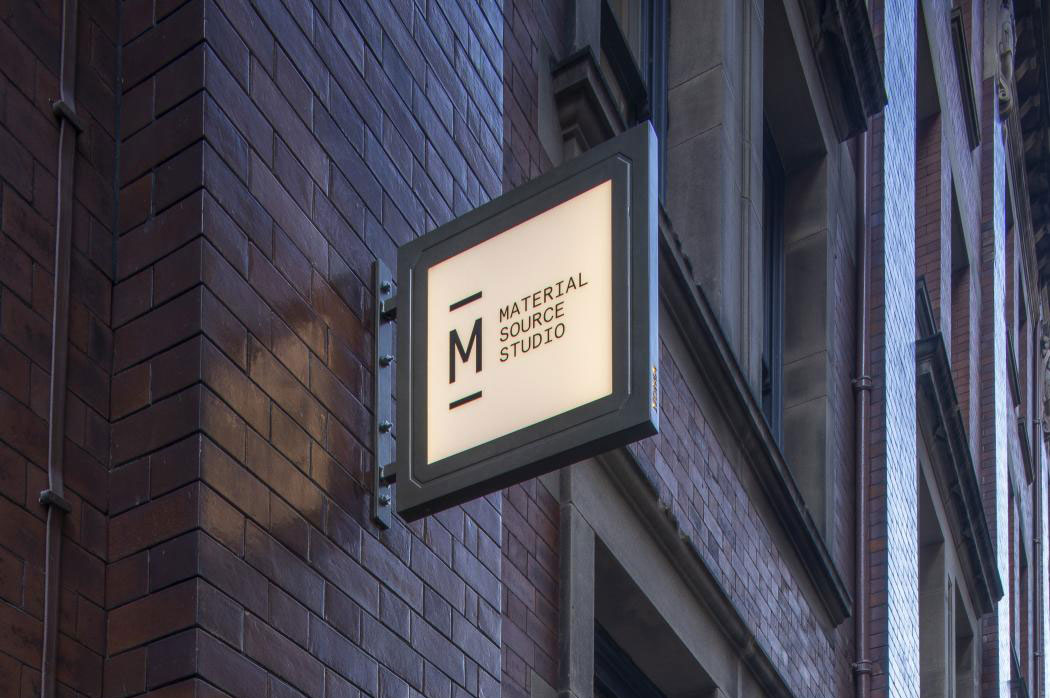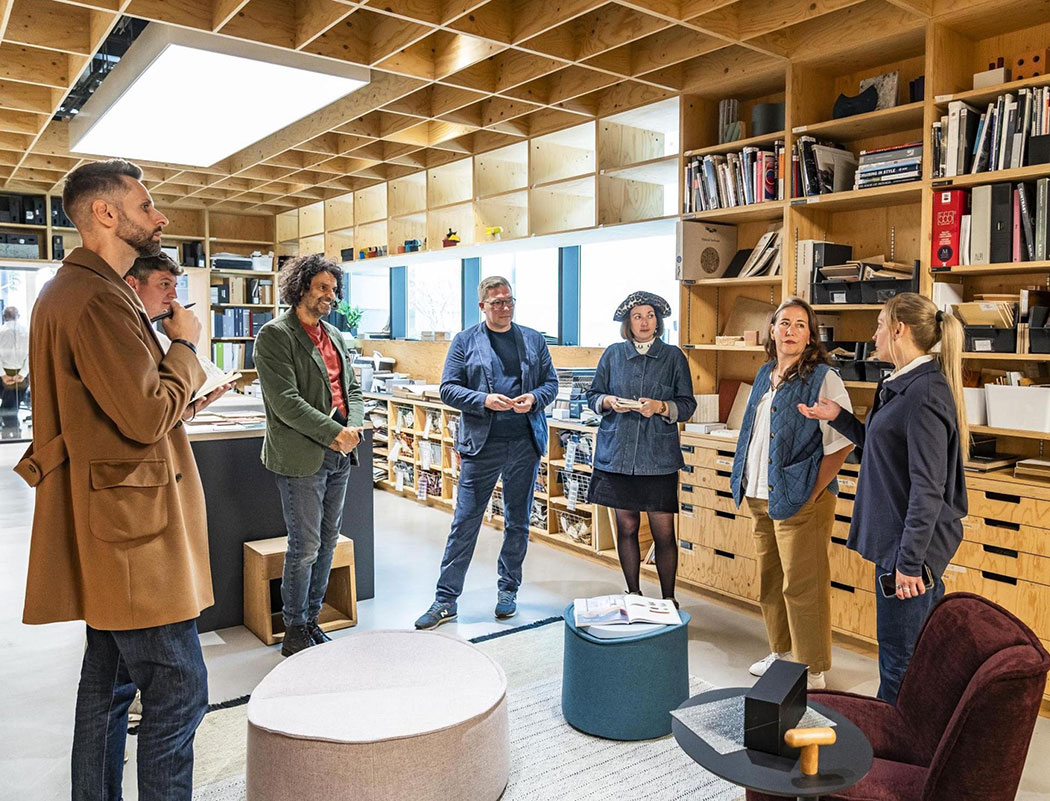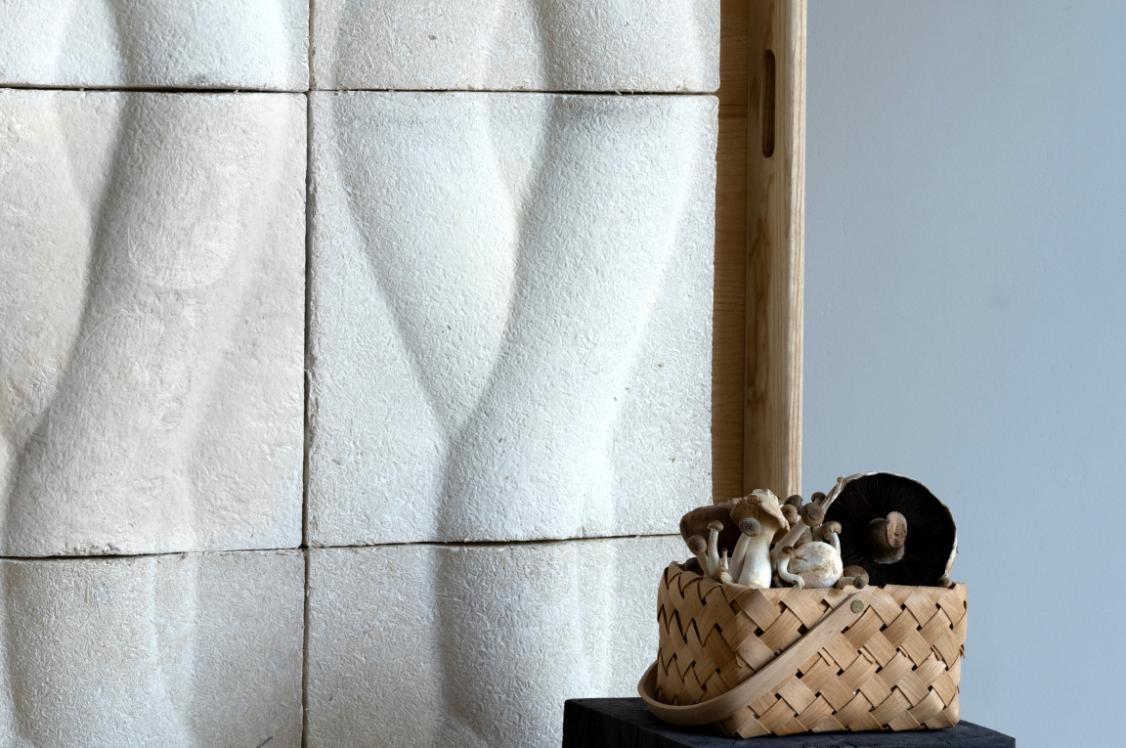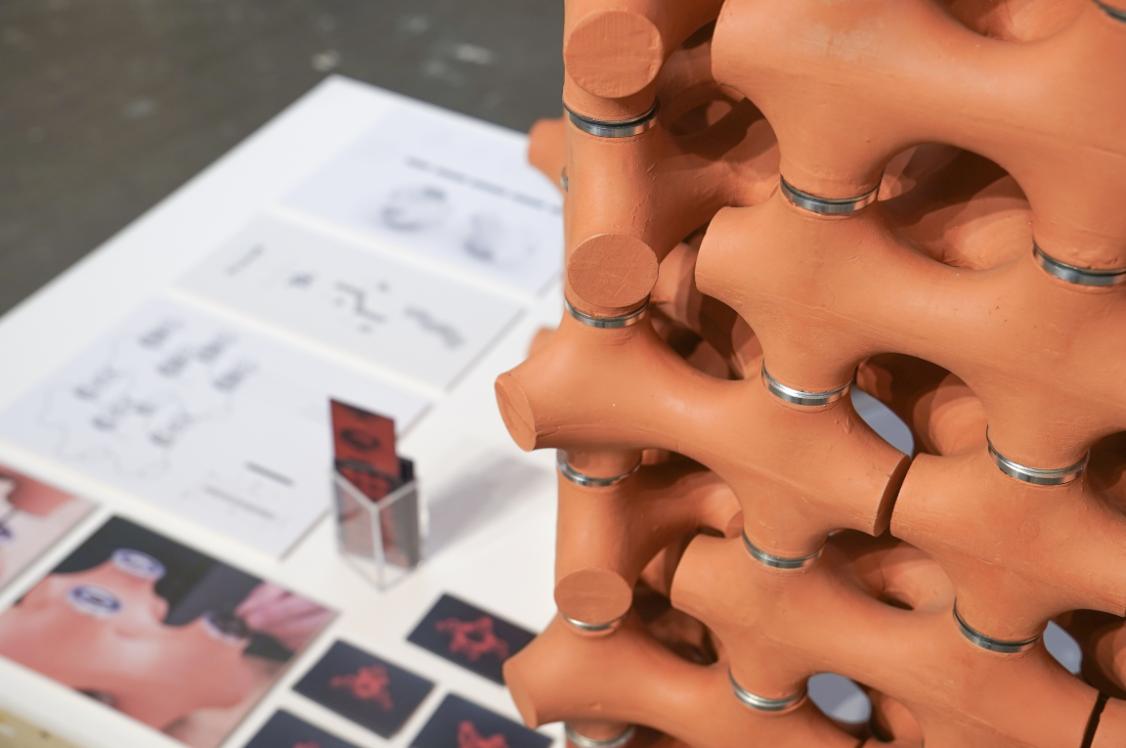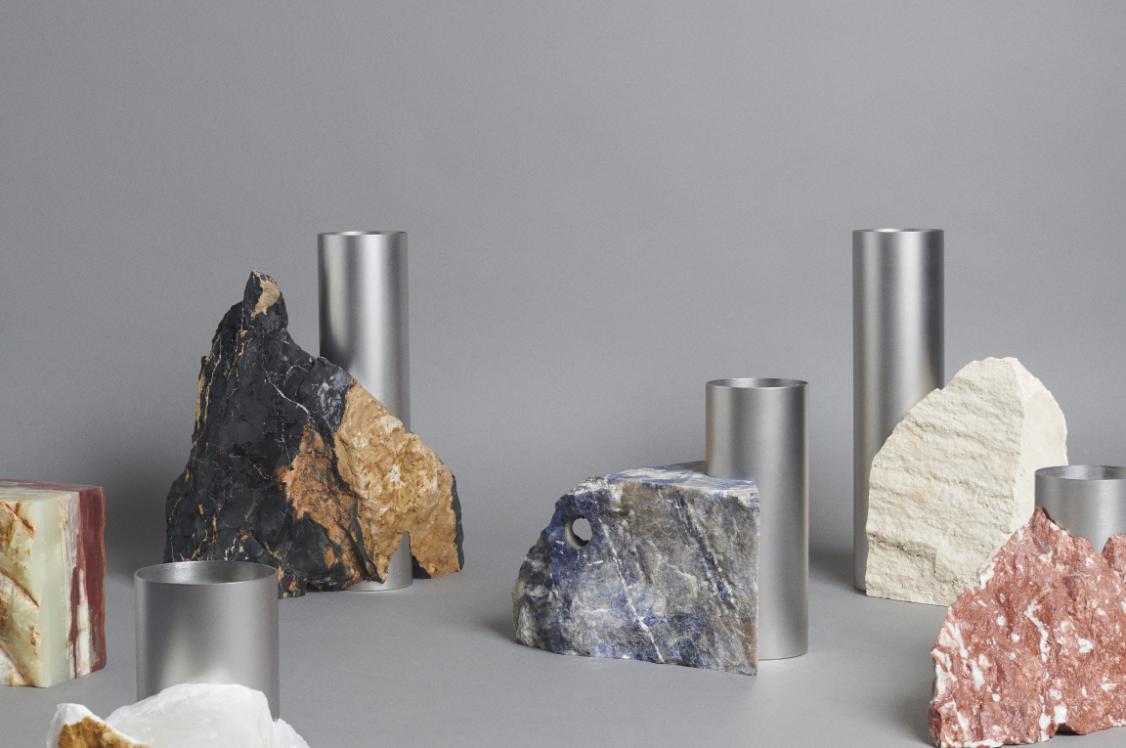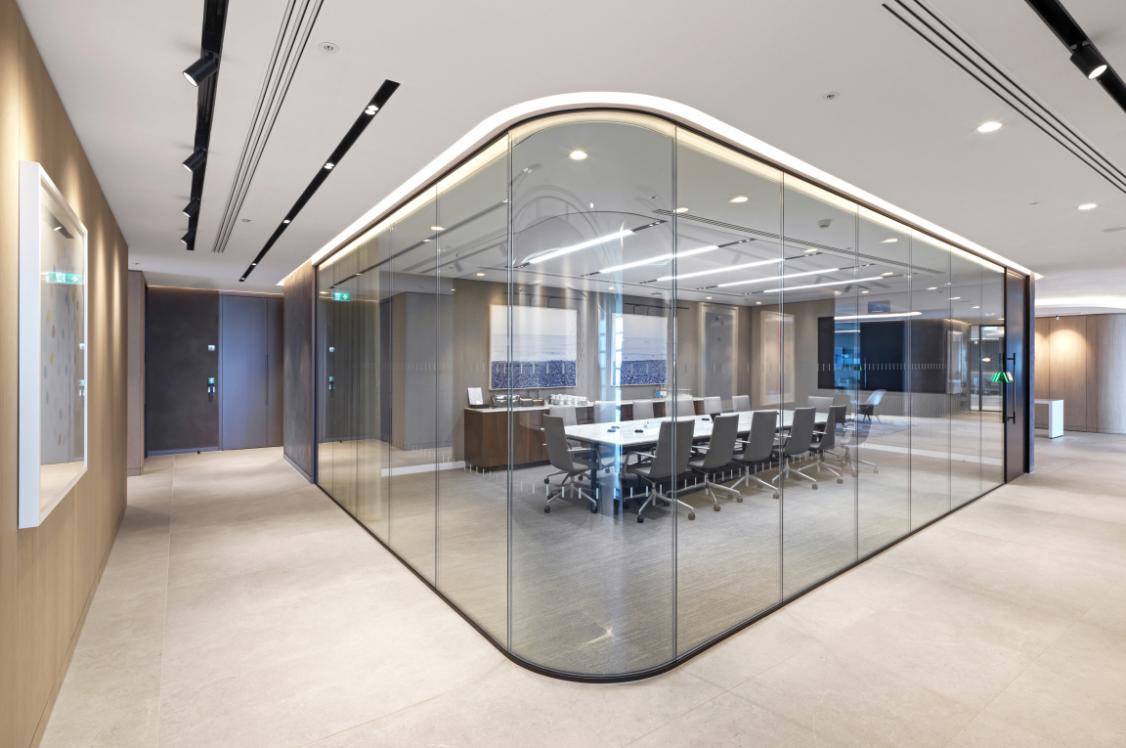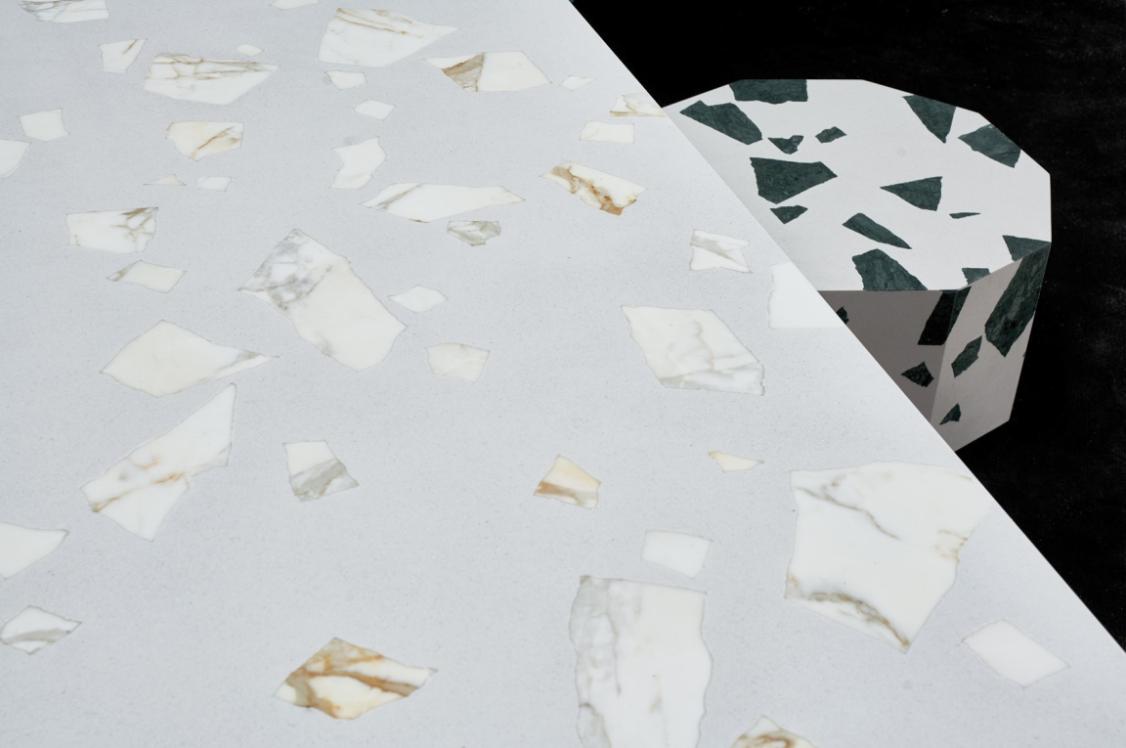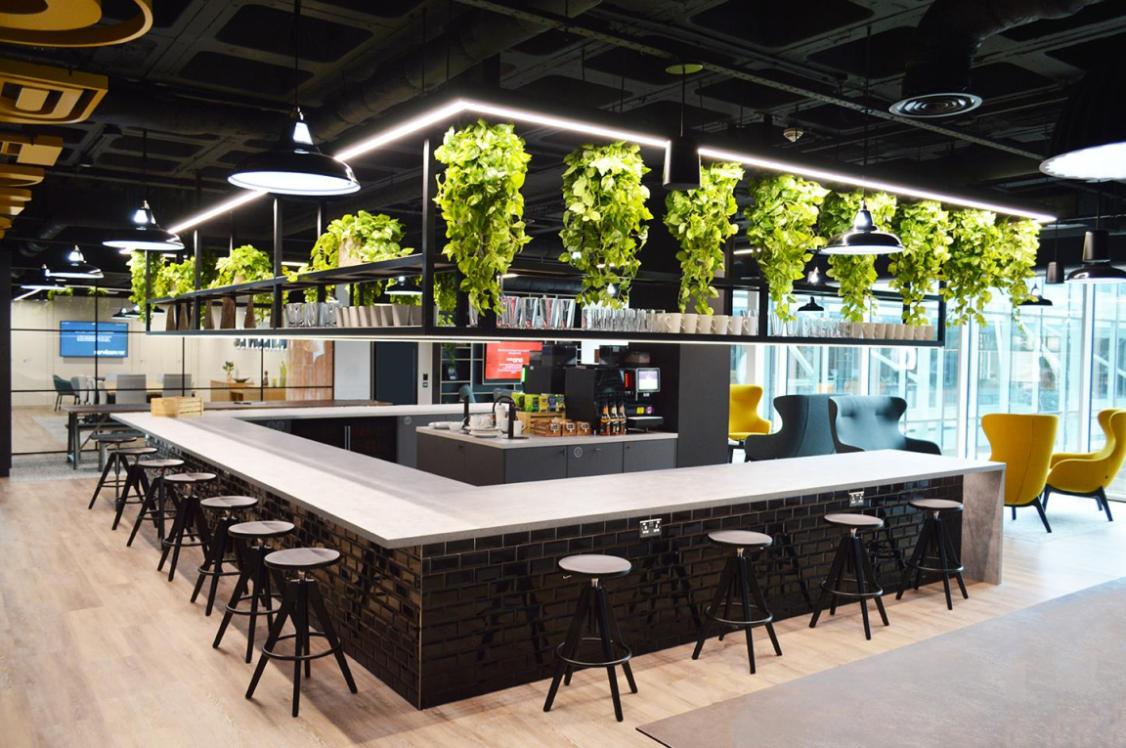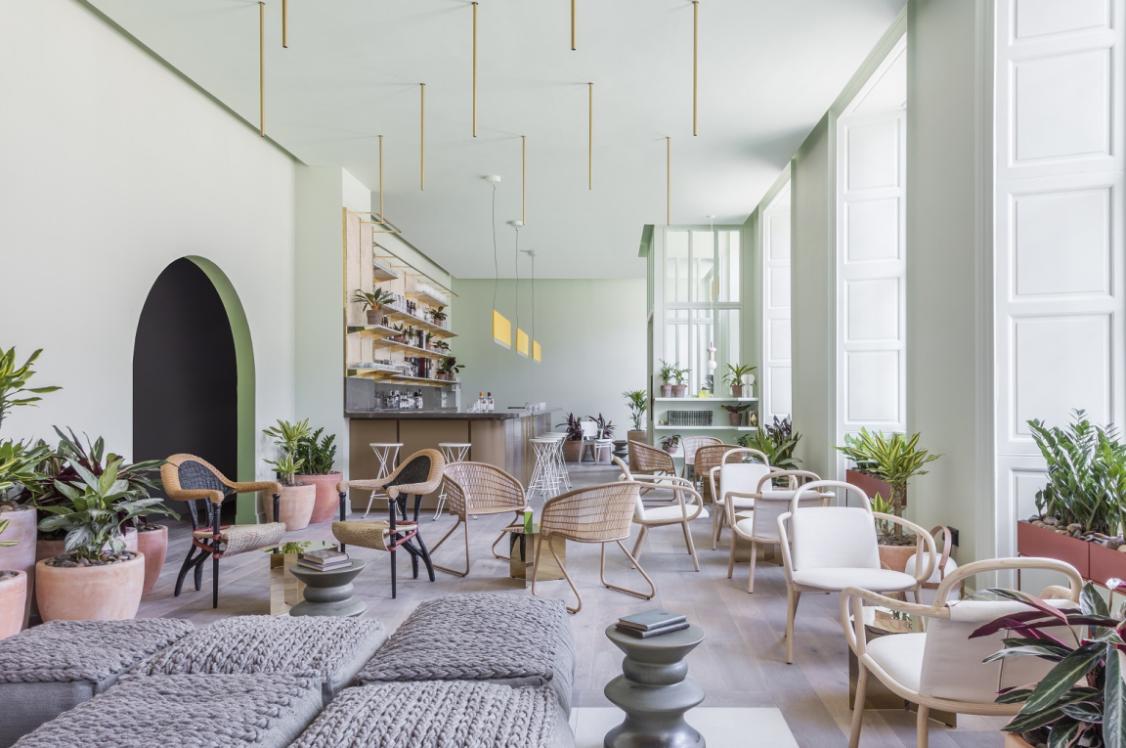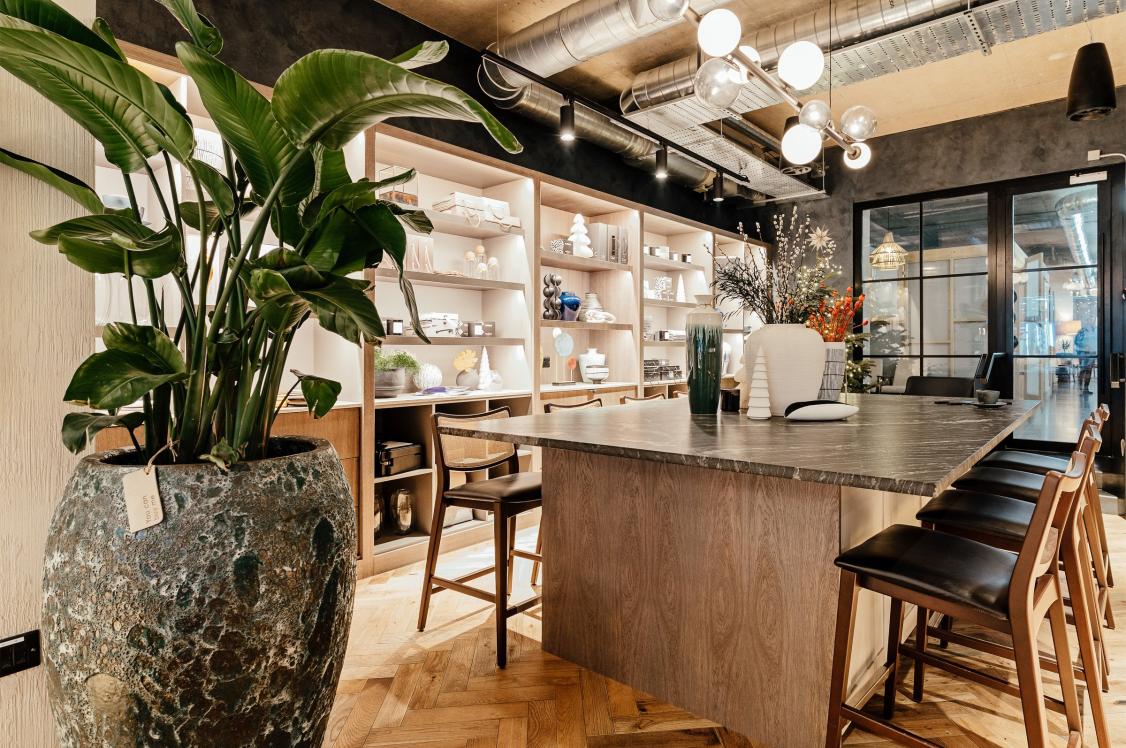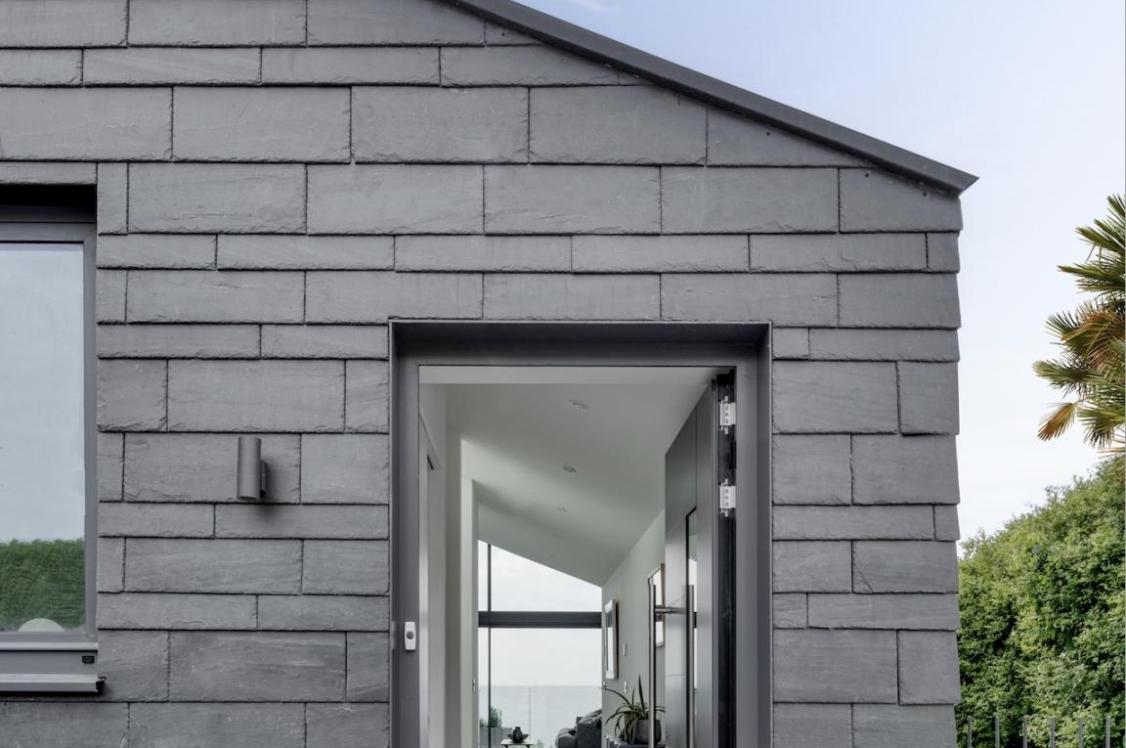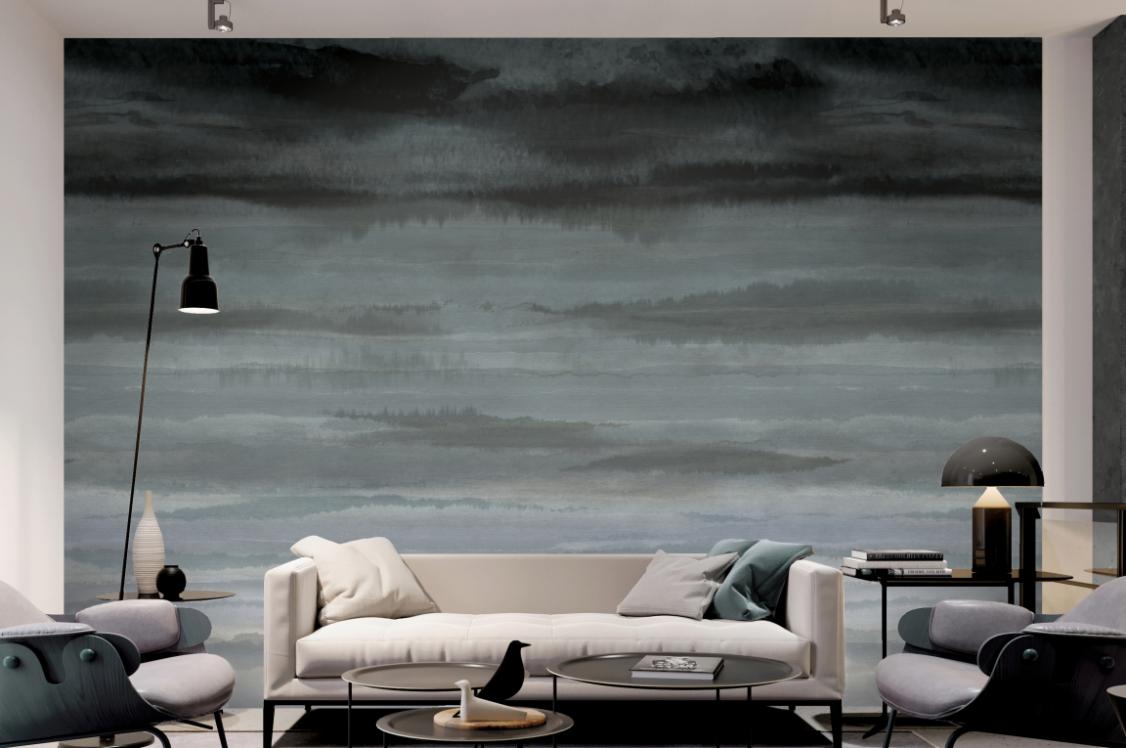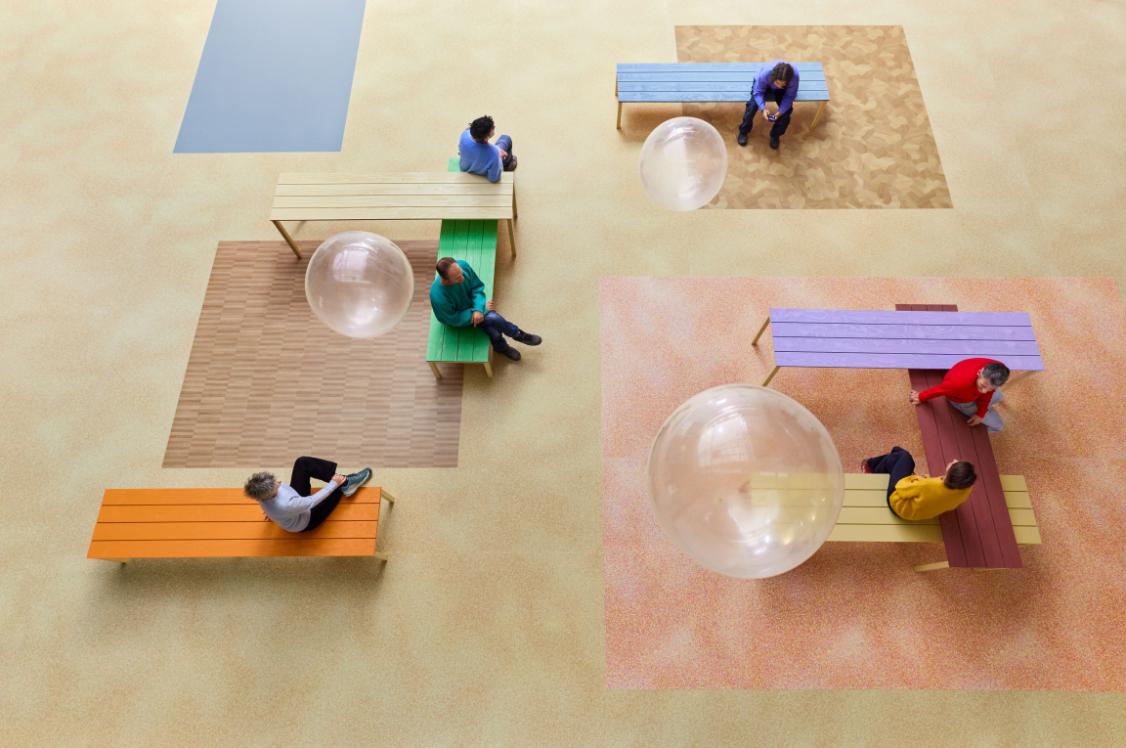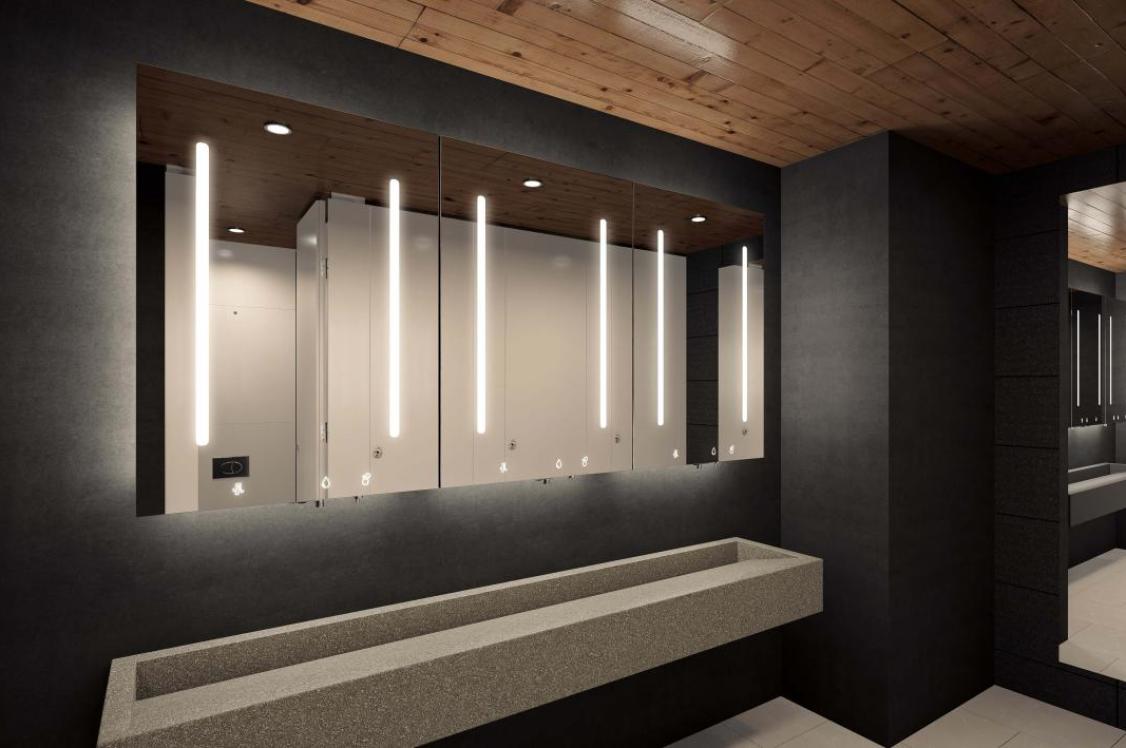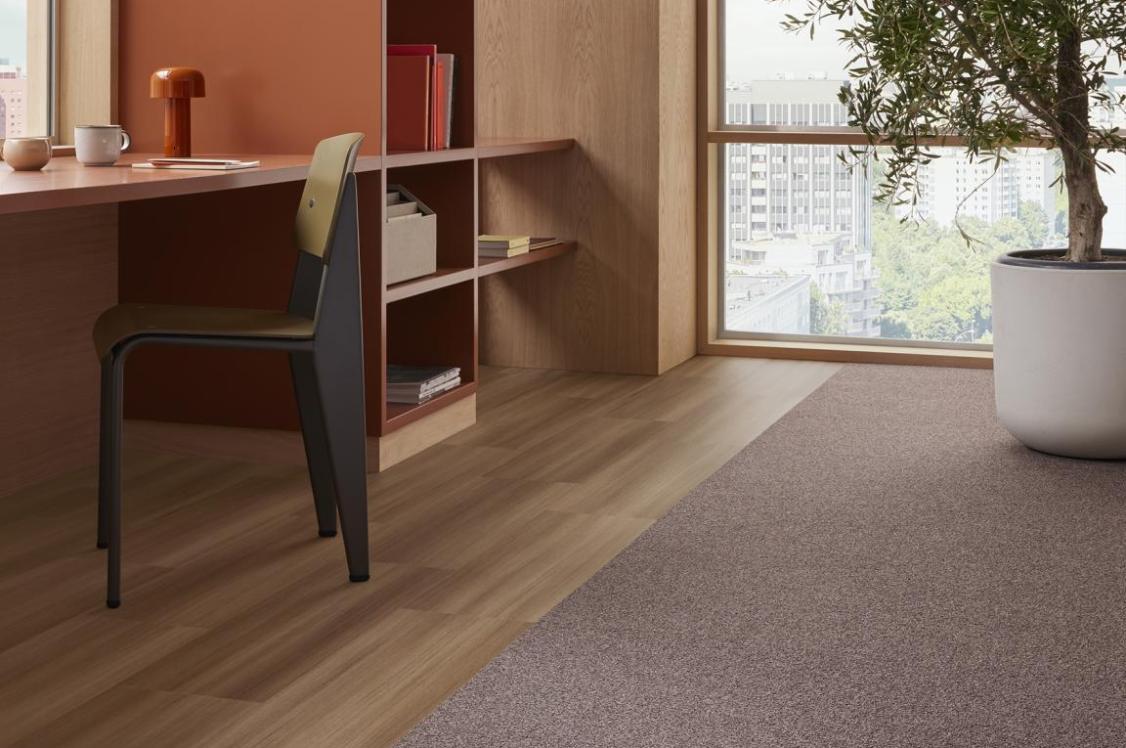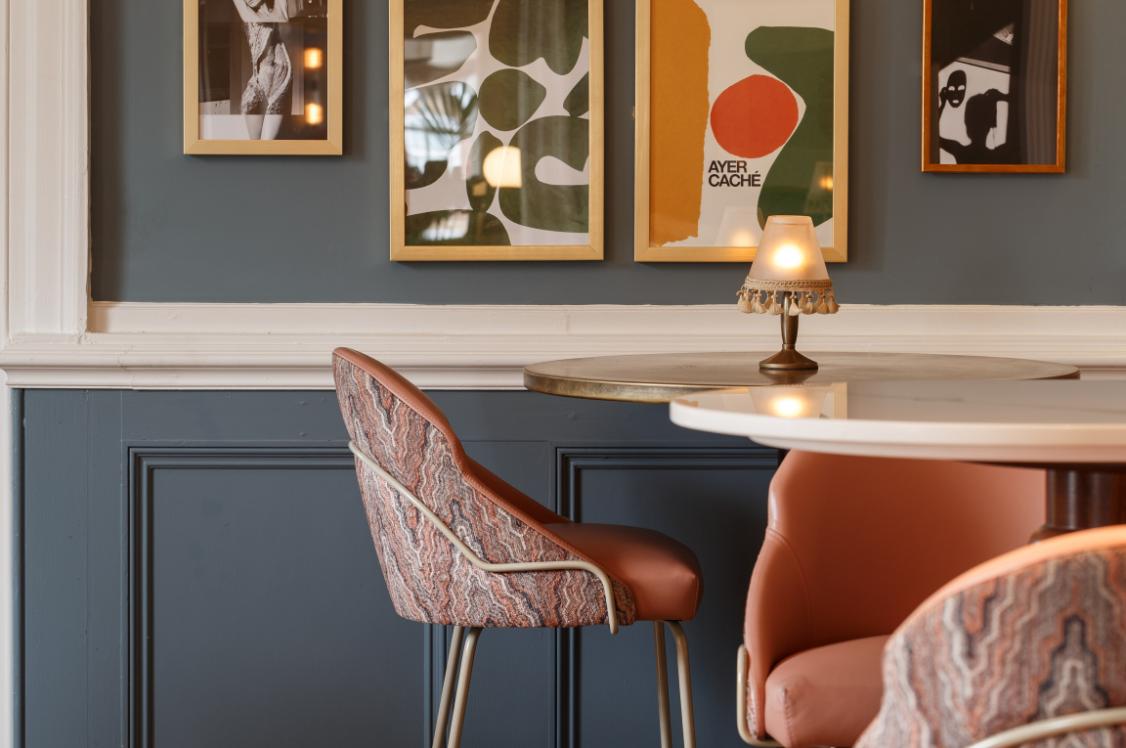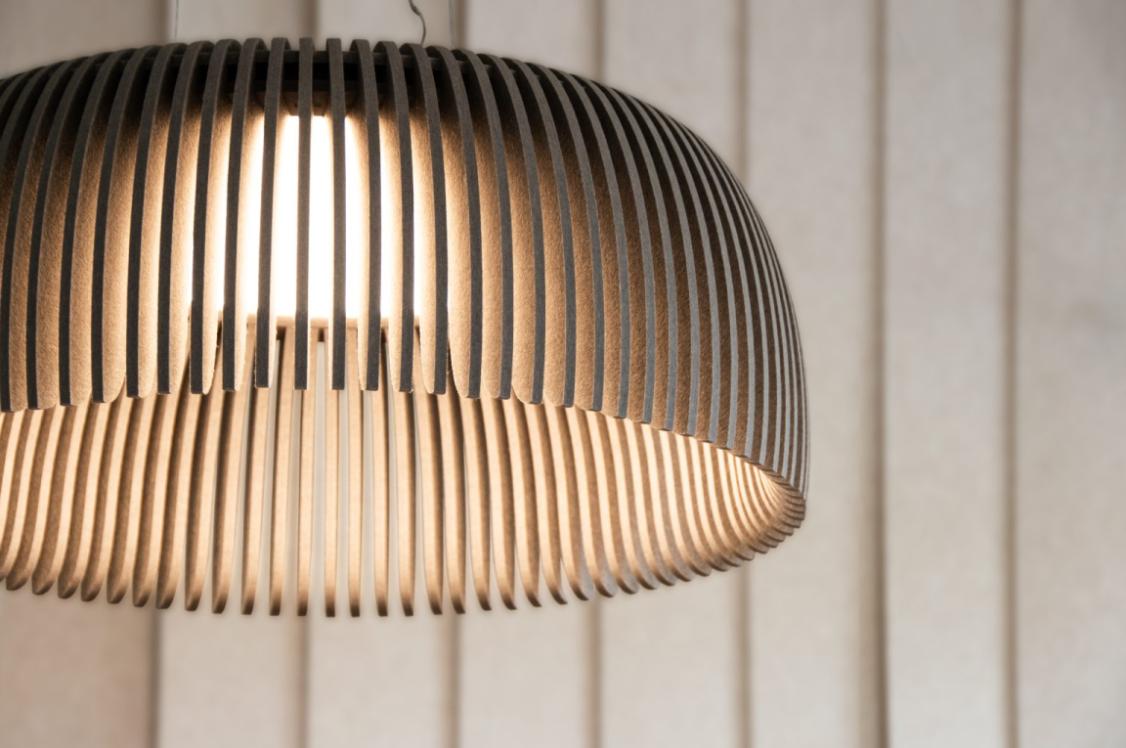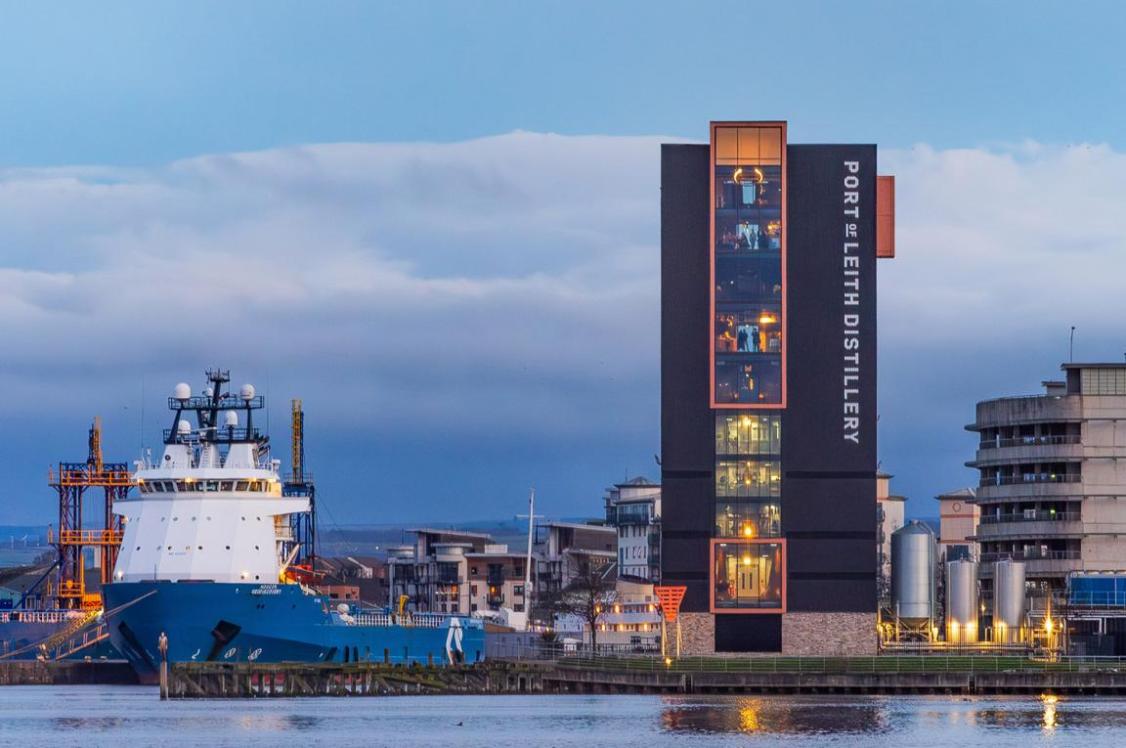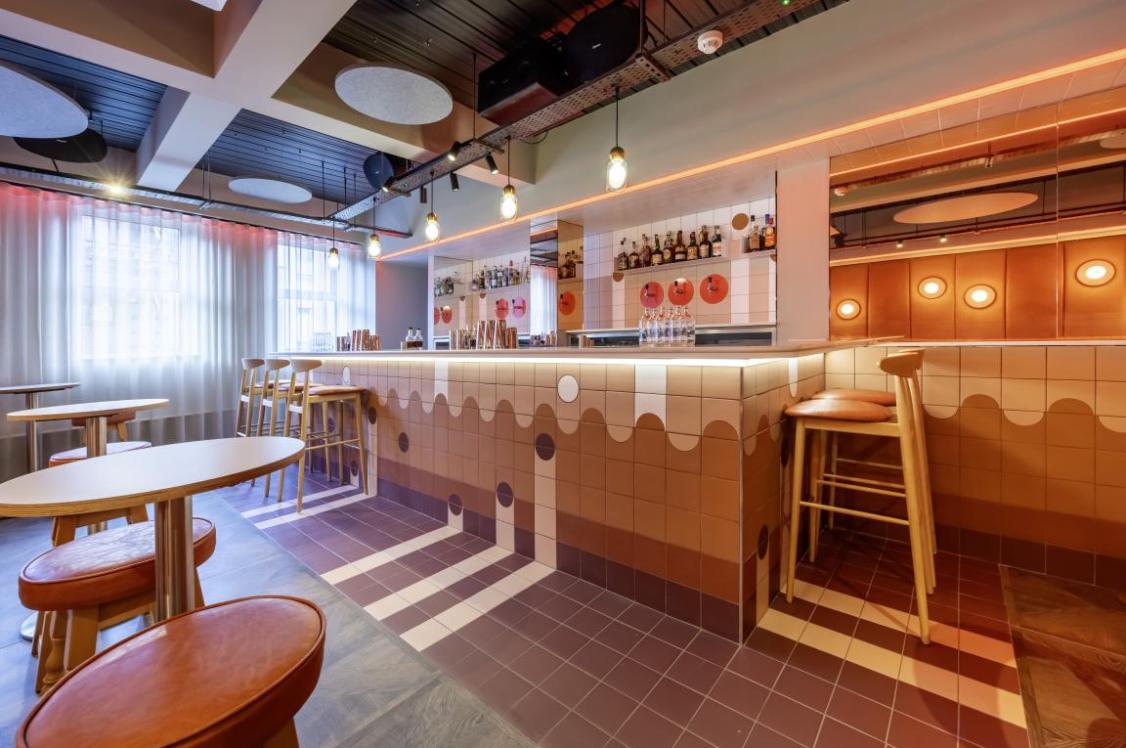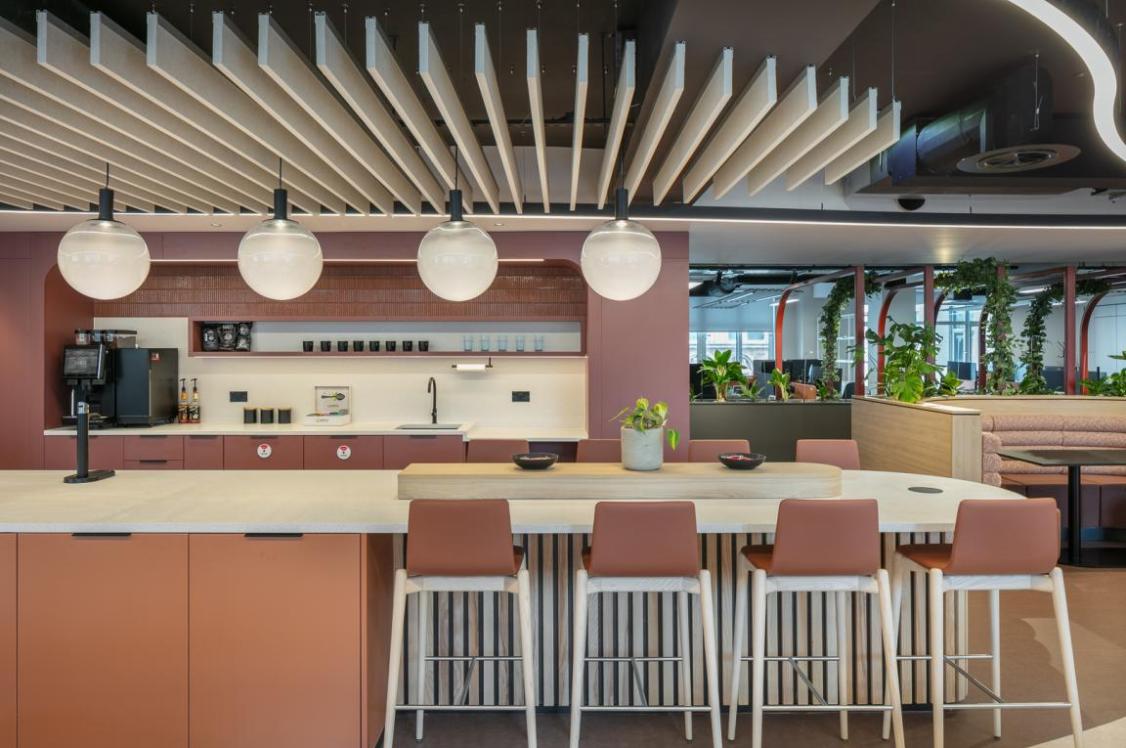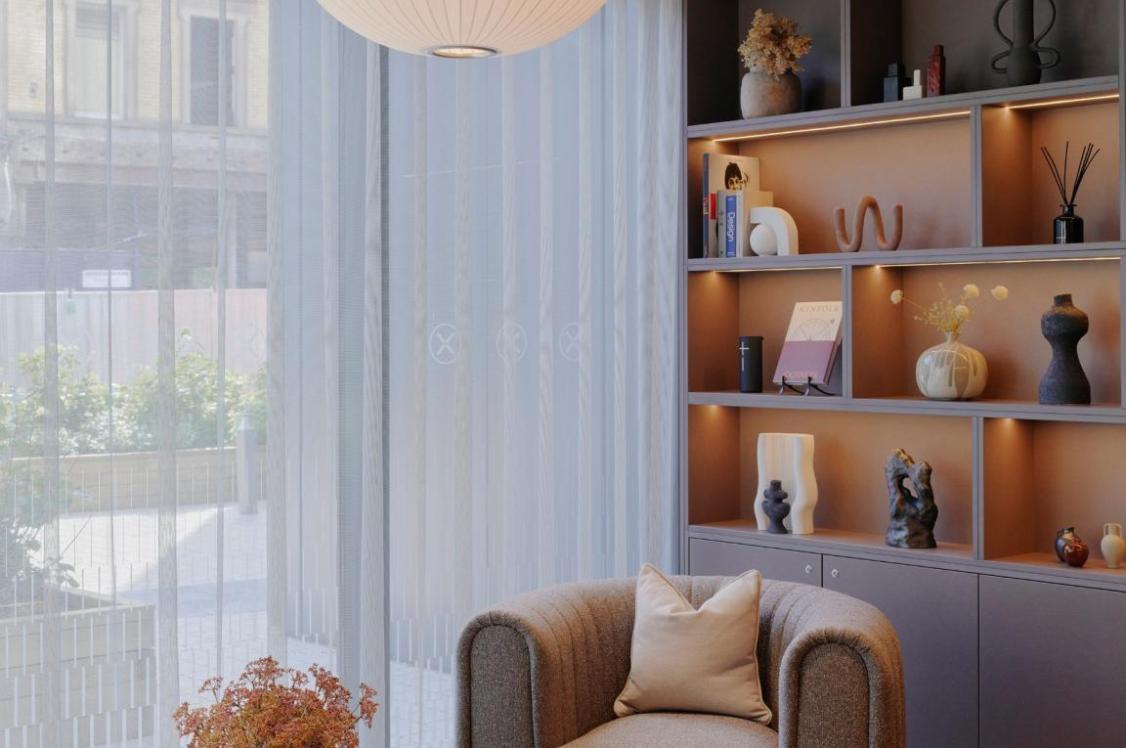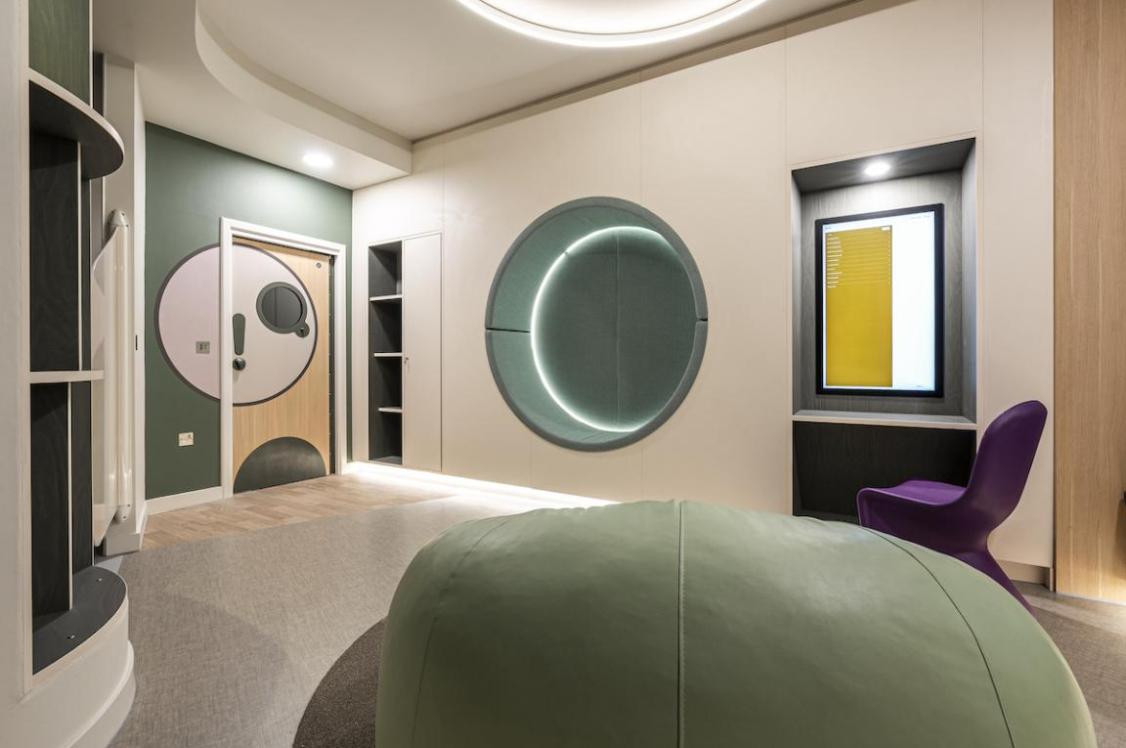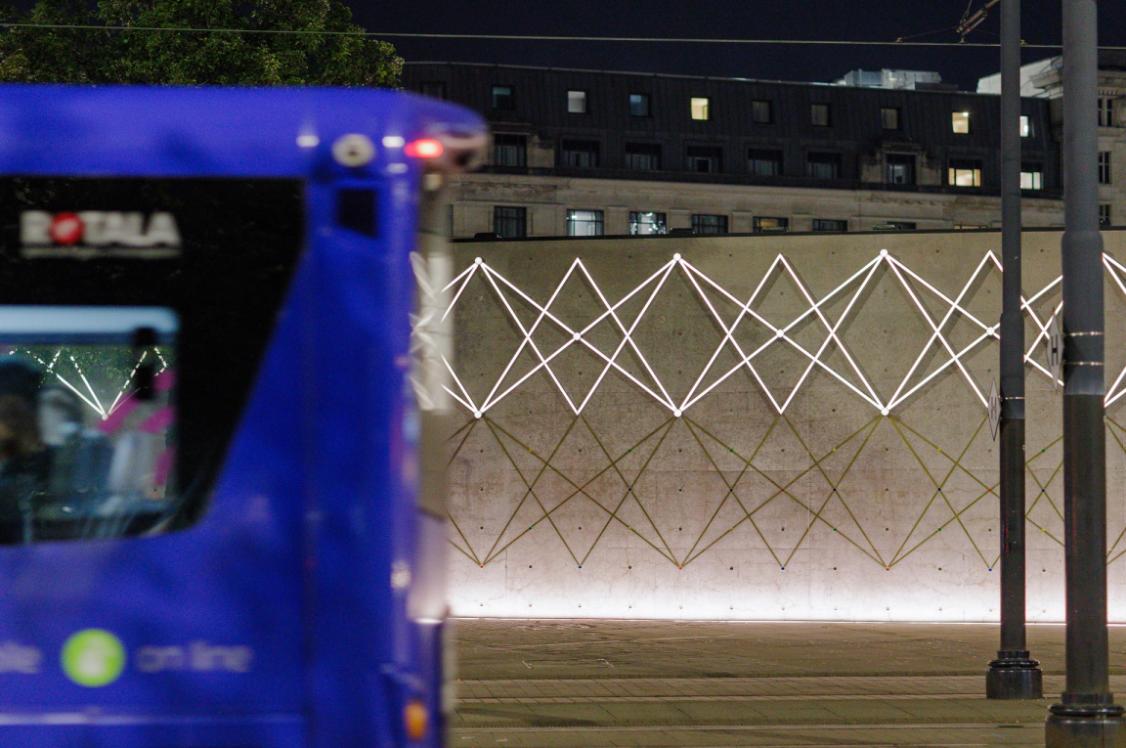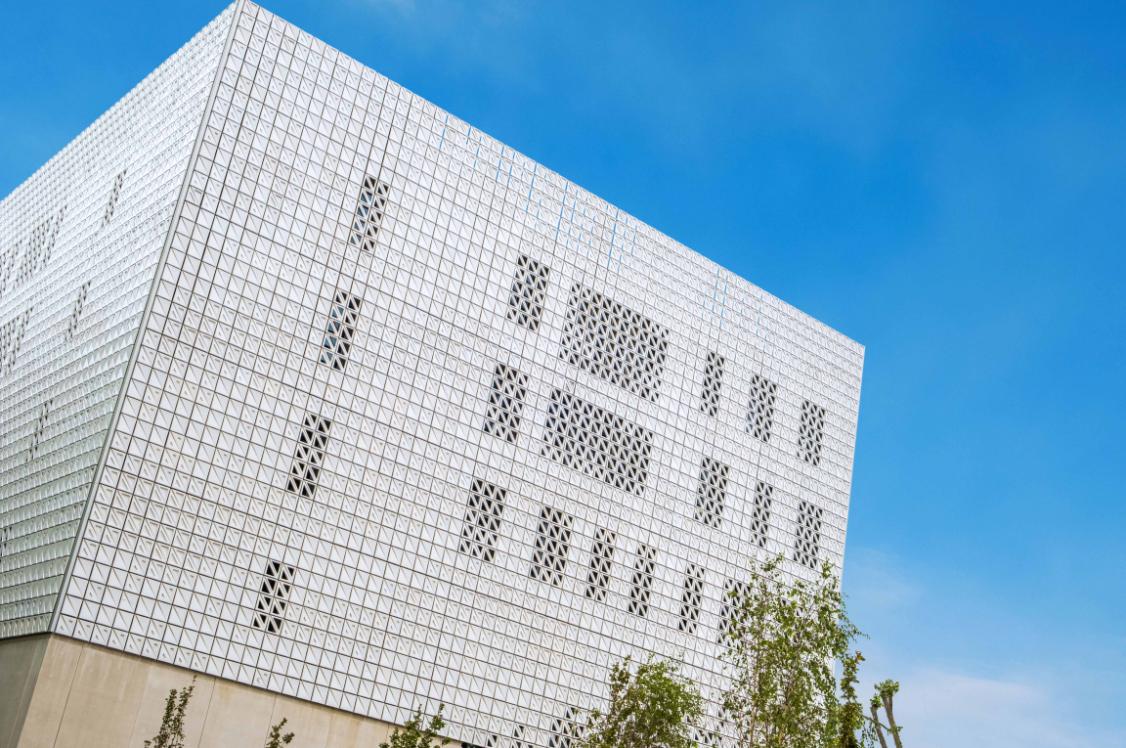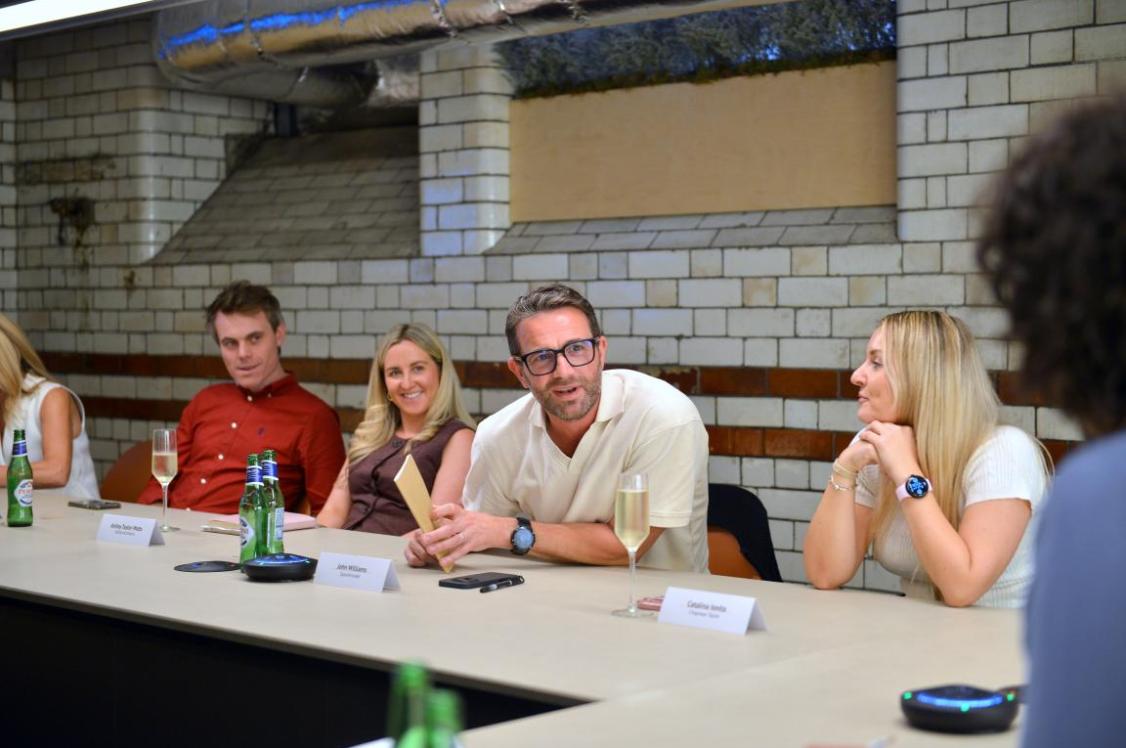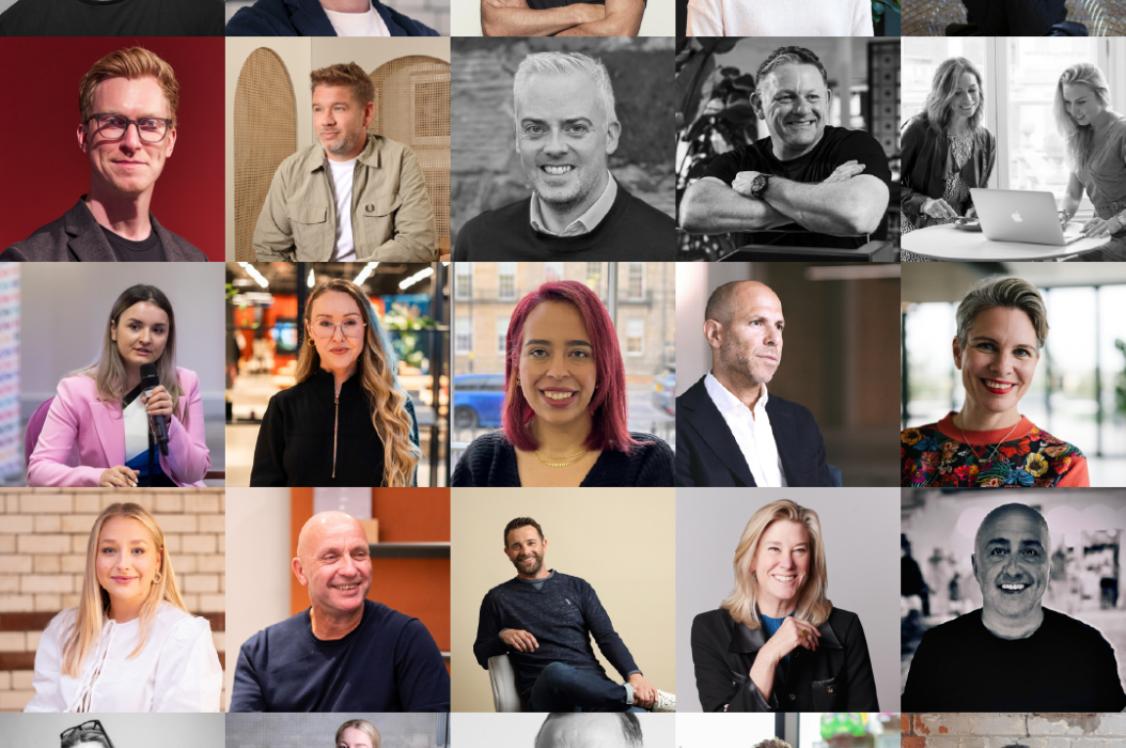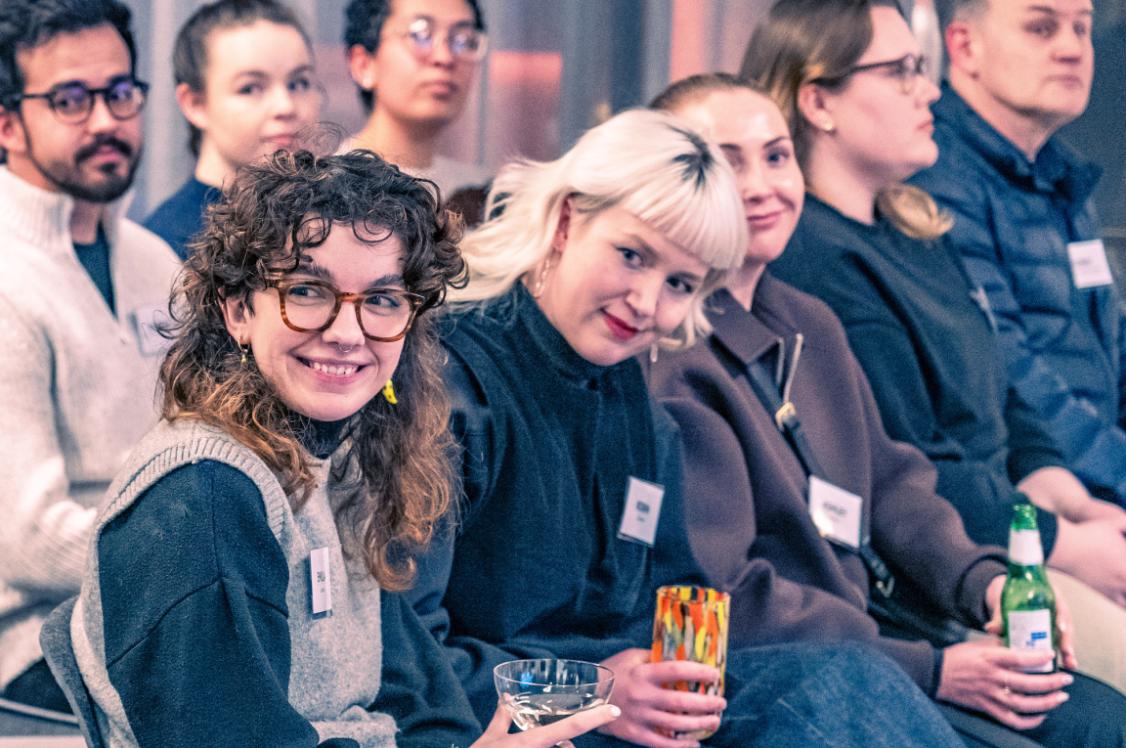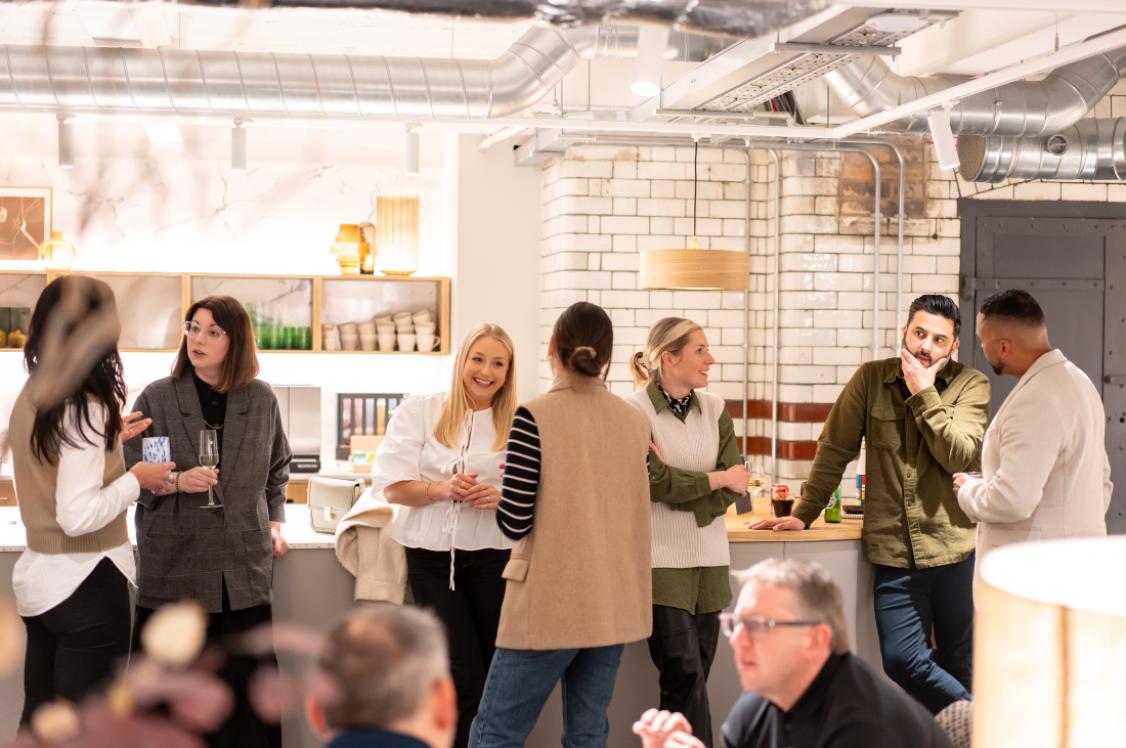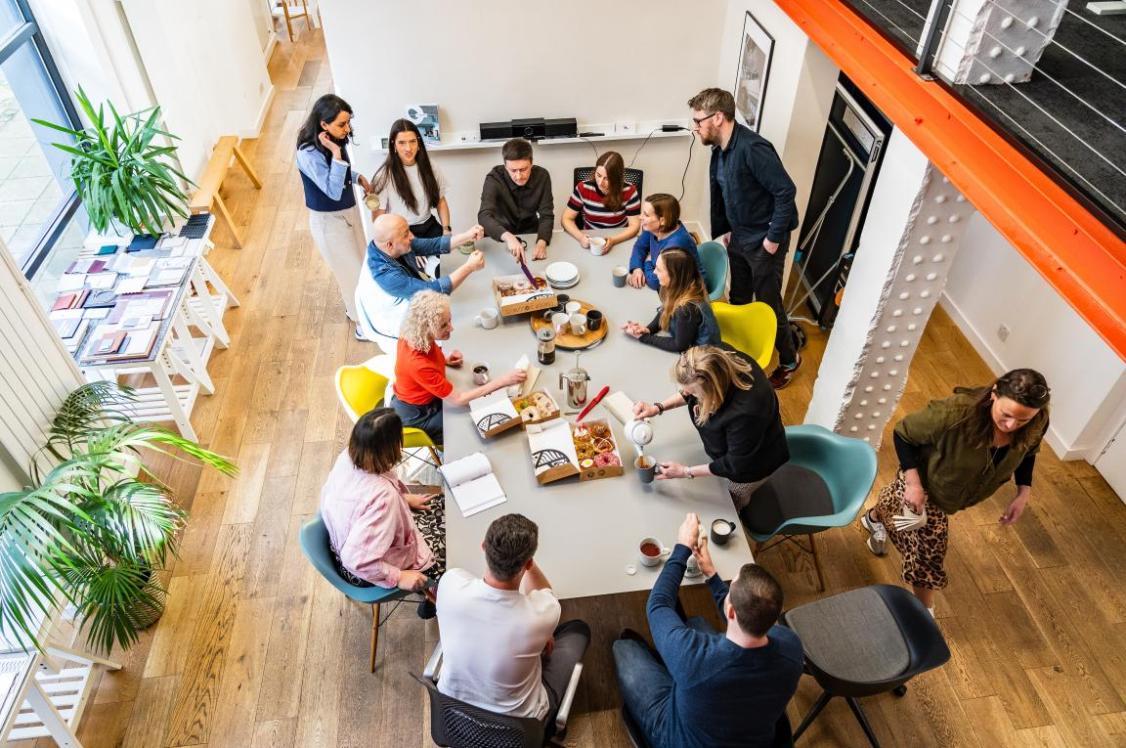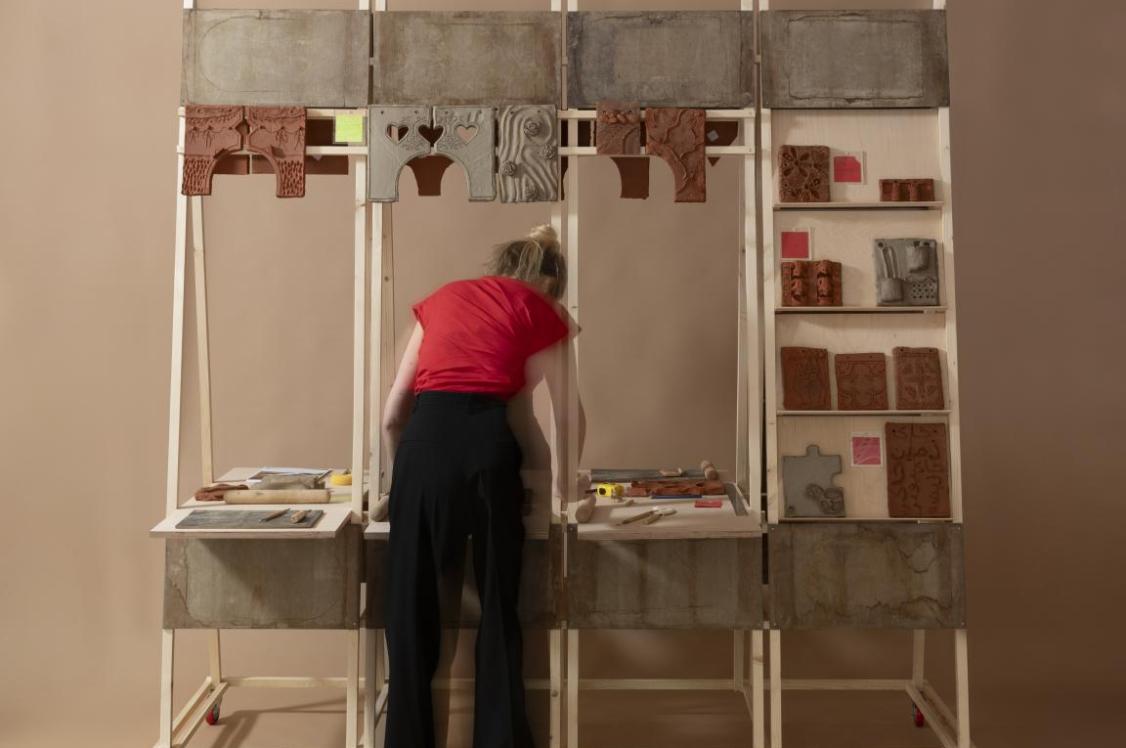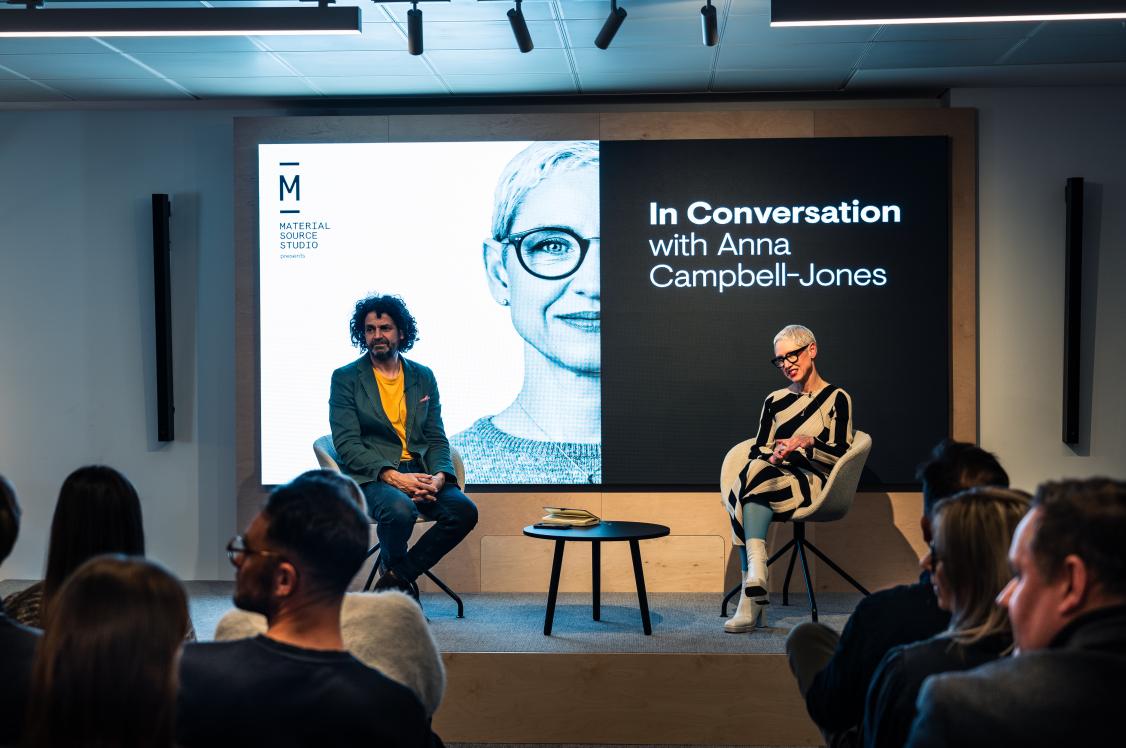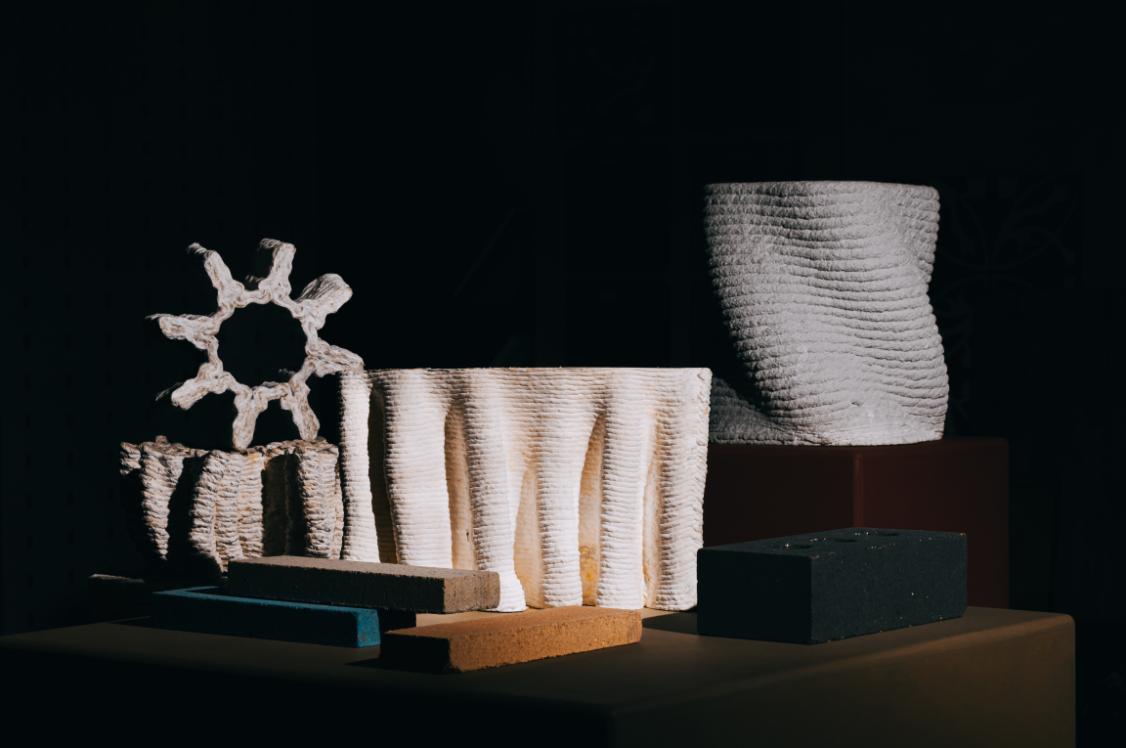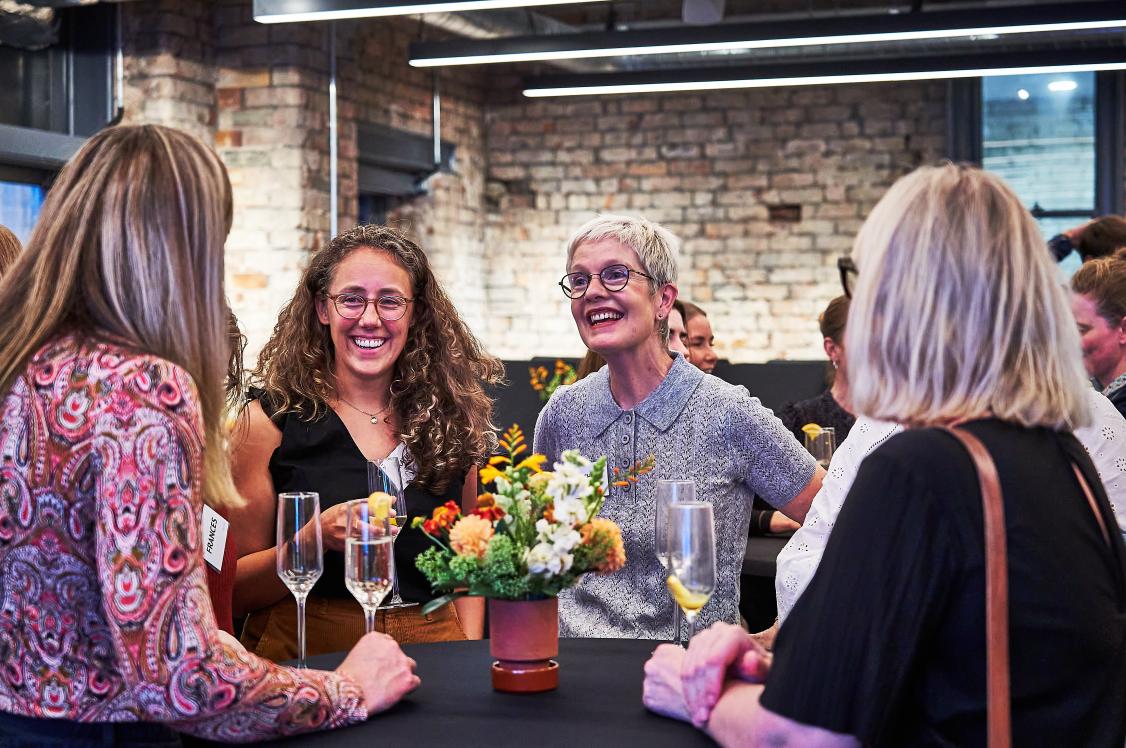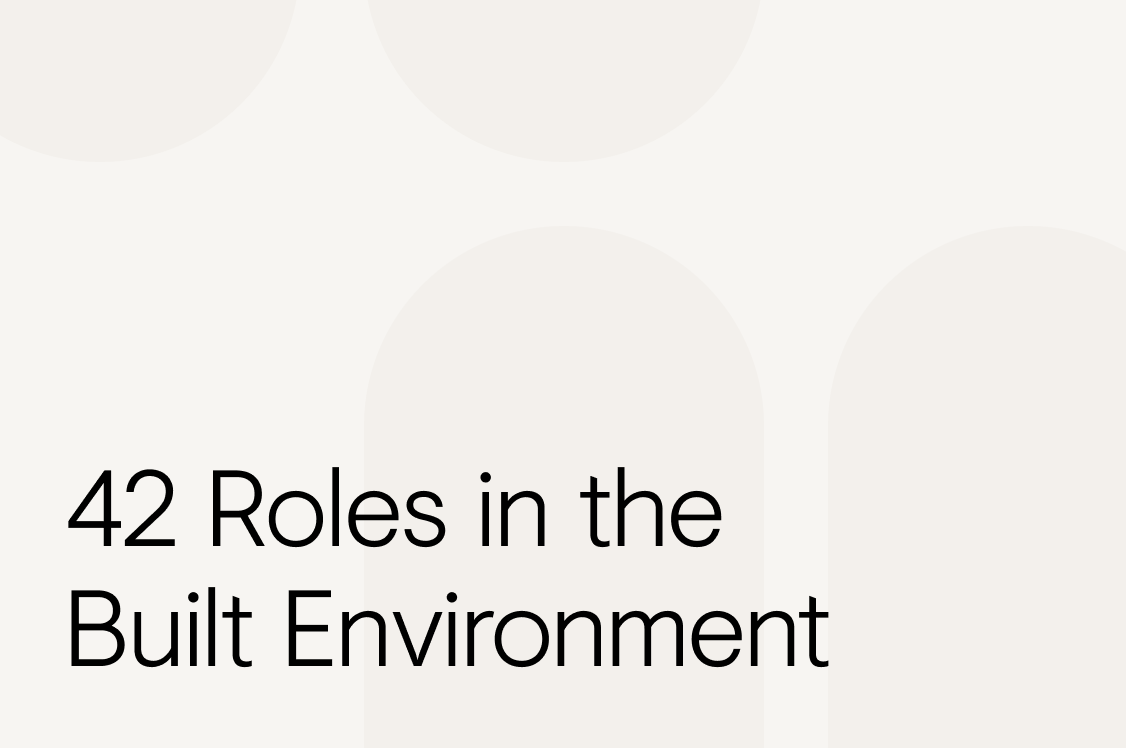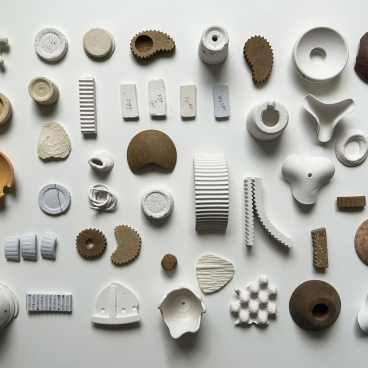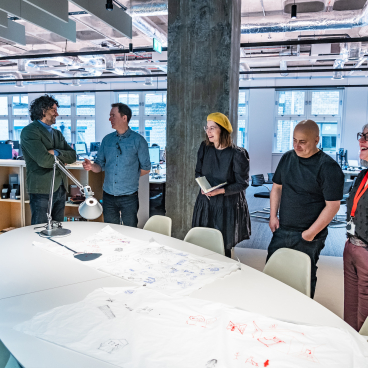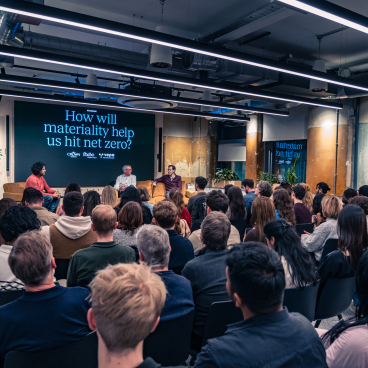Net Zero Carbon Buildings Standard: What's the business advantage?
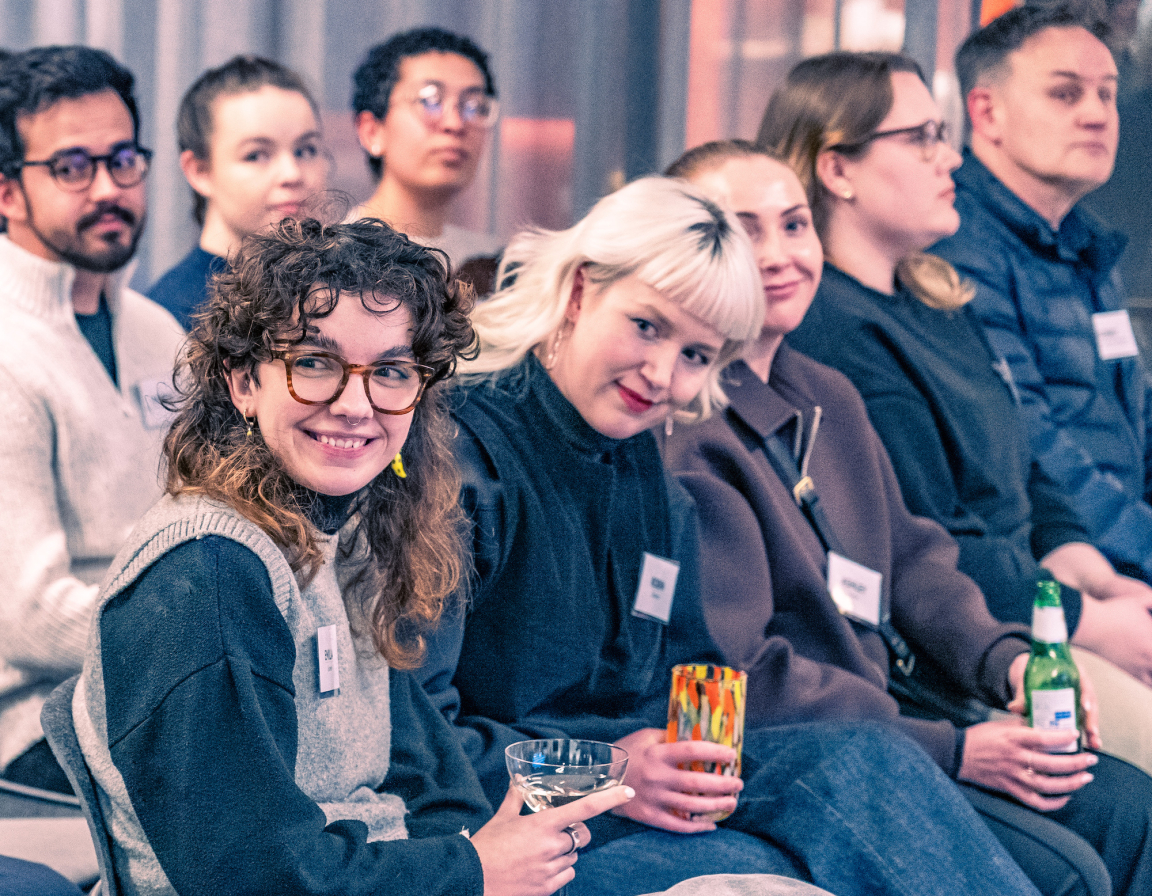
Credit: Tim Ainsworth
For our first seminar of the year at Material Source Studio Glasgow, we invited two senior panellists to consider: Net Zero Carbon Buildings Standard – what’s the business advantage?
Andy McBain, vice president, British Council for Offices & head of future workspace and design, NatWest Group, and Dr Roddy Yarr, director of sustainability, University of Glasgow, discussed with host, David Smalley, director, Material Source, the most crucial aspects involved in hitting the net zero targets, with commerciality in mind - from leadership to energy generation, the power of investors, and embracing material innovation.
Insight from the audience flagged the challenges, from client buy-in to the limitations of accreditations. And possible solutions were put forward to be embraced as an industry collective.
As we mentioned in our seminar write-up from Manchester, achieving decarbonisation won’t be easy. But we all have the opportunity to be leaders in some small part. Read on for a snapshot of the evening’s key takeaways.
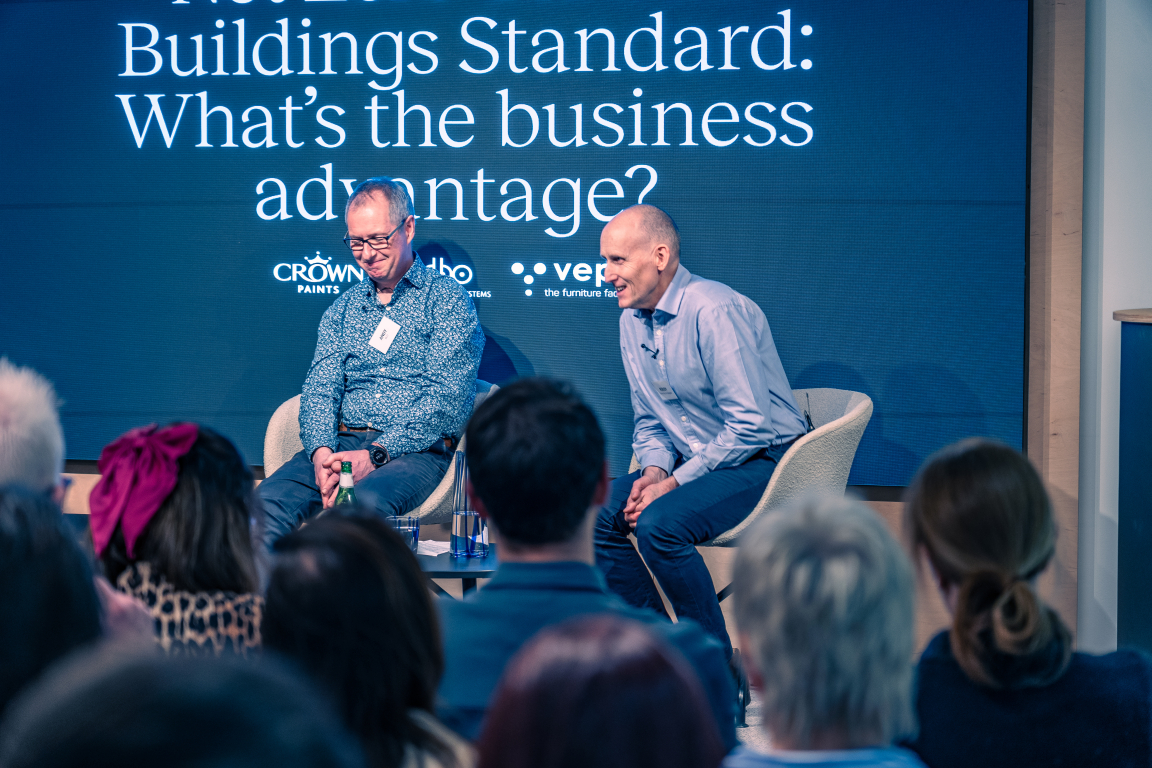
Credit: Tim Ainsworth
To kick off the discussion, host David asked Andy, “What are the big issues being discussed at the BCO regarding the broader sustainability piece, and more specifically, the Net Zero Carbon Buildings Standard?”
“The new Standard was launched in September and is in a pilot form at the moment. It covers office, hospitality, and retail, and hopefully, the more people that use it, the better it’s going to get. A bit like AI”, he responded, highlighting that at the BCO, it’s a focus for the ESG committee, closely looking at its adoption. 18-months ago, 200 people gathered for a conference on the full ESG agenda across offices. “It’s always there in our discussions and debates, plus the research papers we put out – including the Guide to Fit Out.”
Andy shared that the BCO’s Guide to Fit Out was in fact relaunched the week prior to our seminar, and now includes a “chunky sustainability chapter”, covering various aspects including embodied carbon, operational carbon, water efficiency and other sustainability topics, as part of the guidance, which has gone from a “rather thin section” 10-years ago, to now becoming a core focus. It's free to members and available to purchase for non members.
In addition to the republishing of the Guide, Andy said the BCO is currently conducting research into office stock and what is the stock of grade A sustainable offices? "Nobody knows. So, let’s find out."
“We’re not always looking for the brand-new shiny building, we’re considering relevance for retrofit – this could be a really good route to go down for a lot of development.”
The launch of the Guide took place in London, and was “sold-out”, Andy said, evidence of the sector’s appetite for different ways of doing things, and a desire to work with what’s available. A view also shared by audience member, Ciara McInnes, associate director of architecture, TINTO, who commented, “We need to look at the building stock we already have and see how much of it we can possibly reuse. The embodied carbon that’s already in that building is banked, and then it saves producing more. Where we can reuse, I think we should.”
With retrofit clearly garnering more attention, David asked Roddy for his views on what we’re perhaps not giving enough focus to? “Climate resilience”, he answered, “it’s a big aspect for the University to think about with the number of buildings we’ve got with various architypes (377 in total across six different campuses), so mitigation of climate issues is very much in the language that we use when it comes to scope work.”
As well as climate resilience, Roddy stated “green infrastructure” as another area of importance. “This also speaks to climate resilience and climate adaptation, so bringing green infrastructure – nature - into our buildings, and in and around them, is key to enabling mitigation of net zero”, he explained, plus supporting greater health and wellbeing for people. “This is all part of our brief to designers”, Roddy added, “it’s within our processes.”
On this theme, David asked the panel, “why doesn’t every new building have a green roof?” The answer, Roddy said, isn’t simple, and ties back into his point on climate resilience. “Does it answer that brief? No”, he commented. “The conversation goes, ‘what’s that going to cost us, Roddy?’ ‘Quantify the benefit for us in pounds and pence, please.’ And that’s very difficult. I’m trying to constantly juggle that business case piece.”
The subject of differing - sometimes, conflicting views, when it comes to sustainability is a mainstay of the discussion, it seems. And with this in mind, David asked, “What does sustainability actually mean to you?”
Andy replied, “The reality is, you’ve got 60 people in the room, and if you ask the question to them, you’ll get 60 different answers. And that’s why it’s massive, it’s broad, it’s interesting. The main thing is although it’s a huge topic, it’s on everyone’s agenda today. And that’s positive.”
“I would say there’s balance in sustainability”, answered Roddy, “but, it’s a systems approach to the design and operation of assets. It’s understanding how different parts of the system come together to create a set of outcomes. Do we have a green roof? Solar panels? No intervention? It’s being aware what the sustainability outcomes are for every possible intervention.”
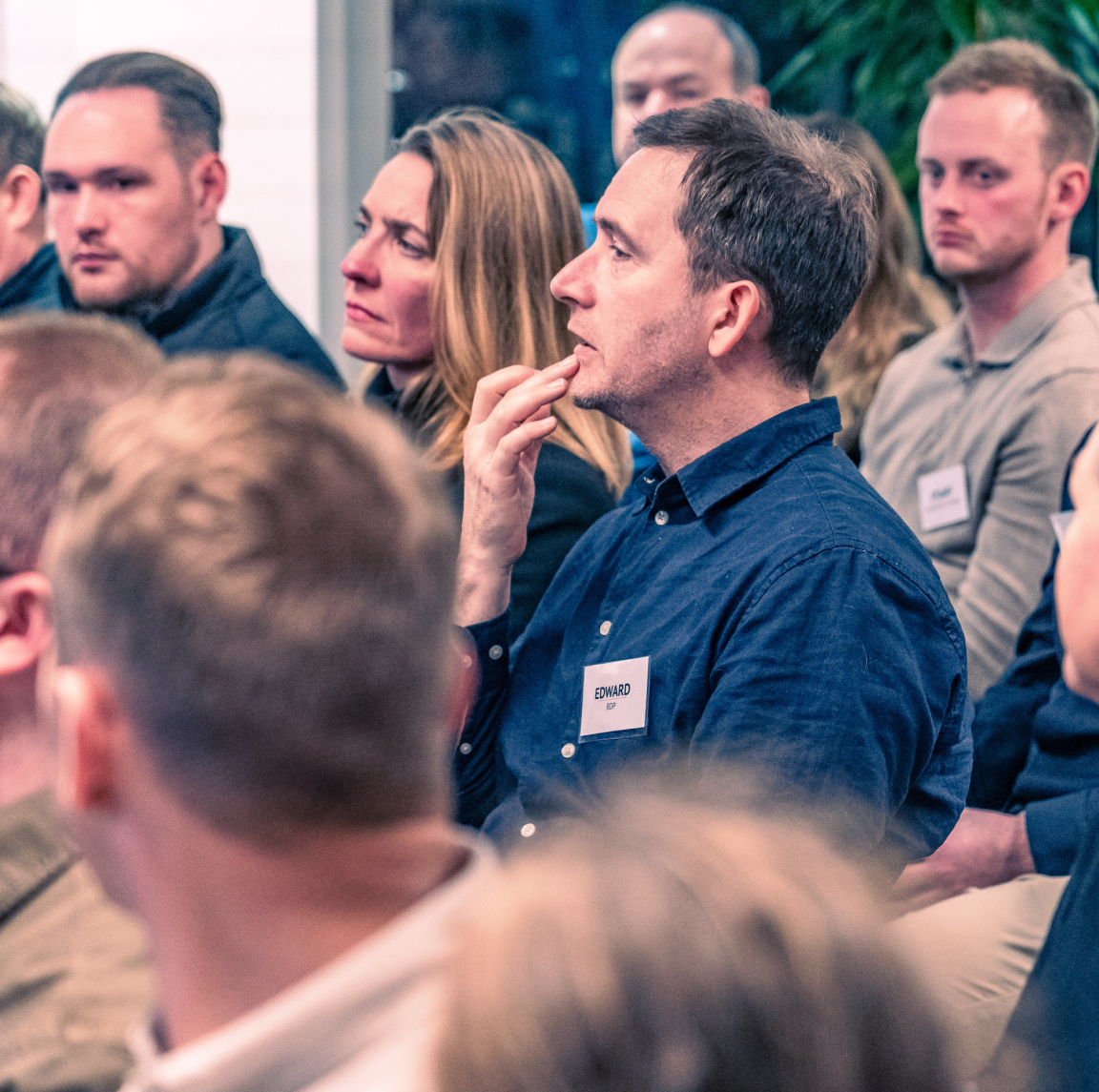
Credit: Tim Ainsworth
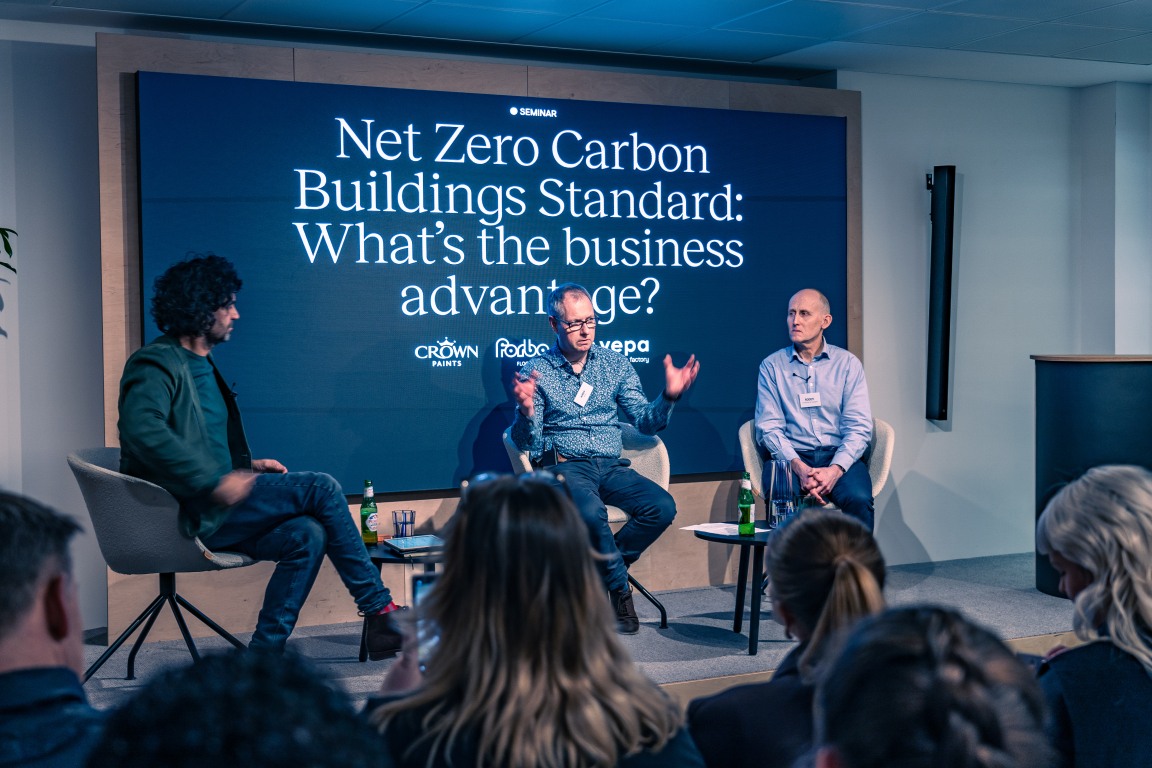
Credit: Tim Ainsworth
Leadership from within
Throwing a question out to the audience, David asked guests to participate in creating a word cloud highlighting the things they would change in terms of sustainability in the built environment, if they had a magic wand.
‘Education’ came out alongside ‘retrofit/reuse’ as the top answers, which came as no surprise to Andy. “There’s a vacuum of leadership, perhaps”, he commented. “The climate agenda is a 20, 30, 40-year programme. Leaders change every four-years. So it’s not meshed at all. Everyone in this room is educating themselves, by being here. We all want to have the knowledge. From interior designers to real estate professionals, we’re all sucking up as much information as we can on the climate agenda.
"Everyone in this room is educating themselves, by being here” – Andy McBain
“Sometimes, as Roddy was saying, it’s the folk at CFO level that make pound sign decisions. So it’s about leveraging. The more educated we are, the more leverage we have.”
“Who are the leaders we can have some faith in, then?” asked David.
“We’re all leaders in our own little way”, replied Roddy. “All the people here get the idea for the need for change. In my view, regardless of whether we think it’s politicians or CFOs, we all can make a difference by showing leadership.”
“We’re all leaders in our own little way” – Dr Roddy Yarr
“How do we fill the leadership void you speak of, Andy?” David asked.
Andy believes the built environment sector holds a lot of power – “we need to keep designing brilliant interiors and buildings”, he said, using The University of Glasgow’s urban realm in the West End as an exemplar example.

Credit: Tim Ainsworth
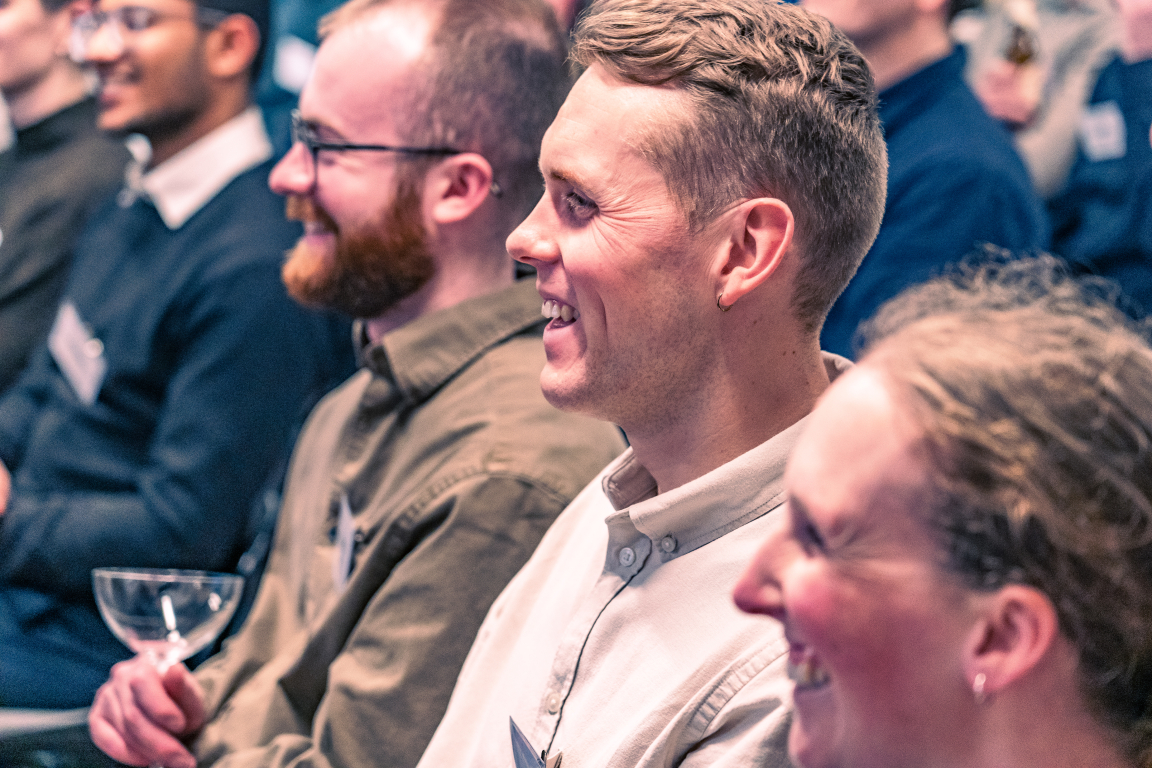
Credit: Tim Ainsworth
The business of sustainability
Returning to the business case for sustainability, David enquired as to, “Who stands to gain the most from adhering to the most basic sustainable practice?”
“Users”, suggested Roddy – “And, hopefully the next generation”, added Andy. “We’re all pushing the boundaries as well as we can, within the guidelines we’re working in, in the hope that we can remove some of the awfulness for the next generation.”
“Do you feel responsible for some of the things that have gone wrong?” David asked, “As a generation?”
“Yes”, both Andy and Roddy replied, “without question.”
As well as architects and designers being advocates for positive change, David asked the panel whether the same drive is coming from investors?
“Investors are doing a lot more than you might think”, responded Andy. “If you’re a FTSE 100 or FTSE 250 company you don’t get investment unless you are publishing very strong corporate responsibility/sustainability credentials. If you want investment on a new building, you have to prove that – the bar is being raised all the time. Pounds and pence won’t go towards anything that’s shaky on this front.”
Technology was also mentioned by Roddy as being crucial to supporting the sustainability drive. “There are incredible instances of innovation being brought into the marketplace with sustainable outcomes. Think of the wind industry for the decarbonisation of the power grid – wow. In Scotland, we’re even lower than the national level – that’s innovation, that’s leadership of the market.
“I think we should doff our hats to those in technology for providing answers – from the materials we build with, to that which helps us clean the air.”
“And the generation of power is a focus for you, in particular, isn’t it, Roddy?” David asked.
“Yes, I believe the on-site generation of power is a huge opportunity for the built environment. The reason is because the retail price of power is made up of several things – the wholesale cost of producing that energy, and the system of use charges – the non-energy costs. That ratio used to be a lot different. Now the rising non-energy bit is significant. So if you can generate your own and put it behind the meter, so to speak, you’re hedging against that growing non-energy cost.”
It sounds like a no-brainer, particularly for universities spending in excess of £20million per annum on energy. “Saving the planet, and saving money in the process”, as David put it.
“What about reusing rainwater?”, audience member, Elliot Cumming, property director, HFD Group, asked.
“Not in all buildings”, Roddy said, “but where we can.” Solar panels and green walls are also a part of the mix, he added. “It’s a balance again.”
“The challenge is storing the water”, Andy commented.
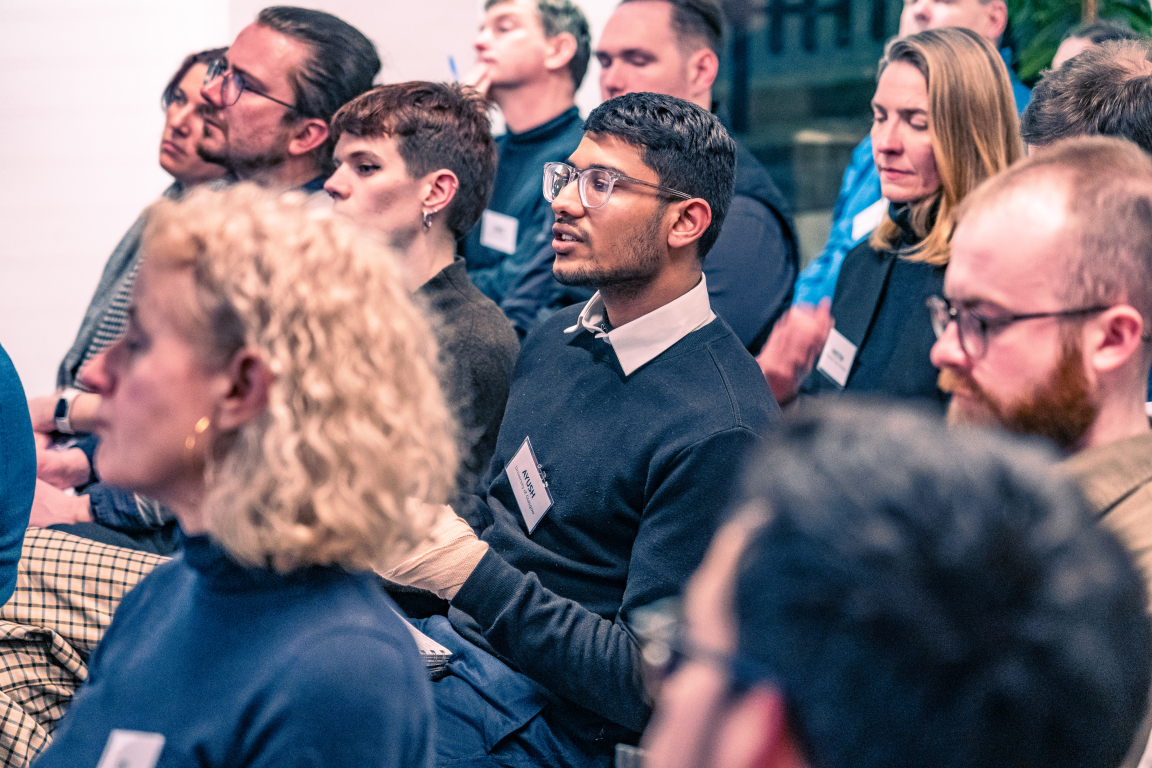
Credit: Tim Ainsworth
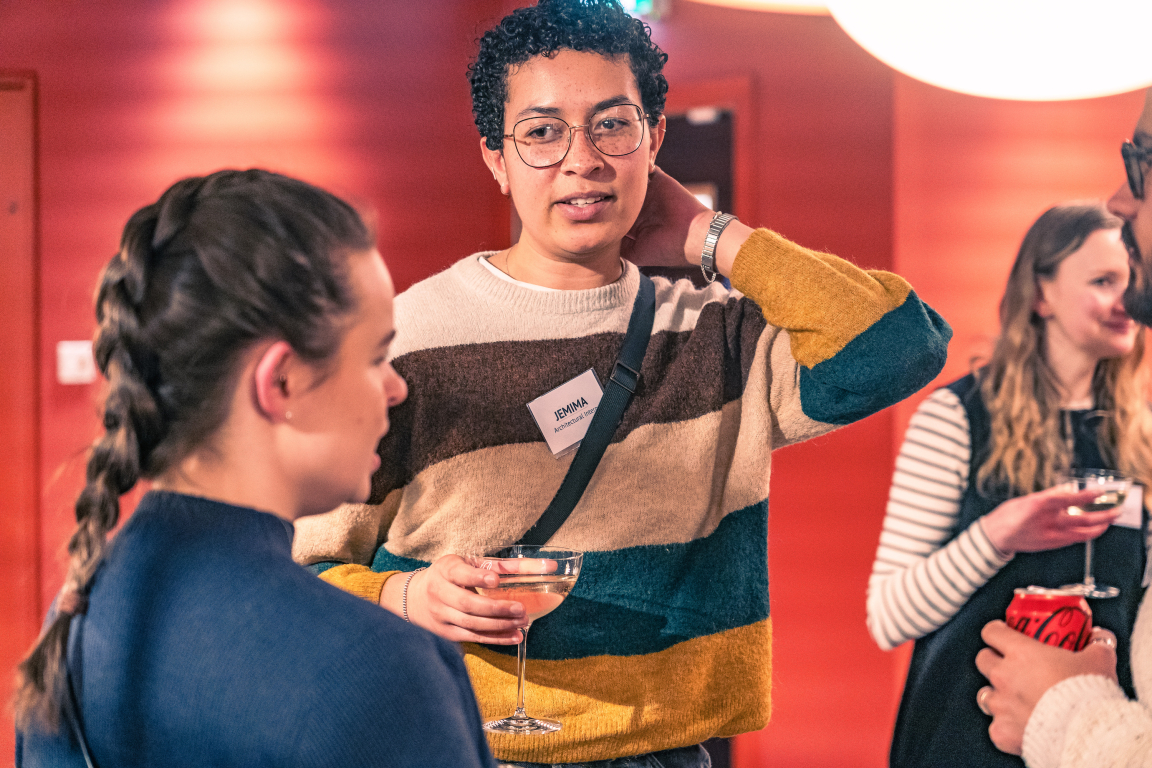
Credit: Tim Ainsworth
Accreditations – who’s shopping, for what?
Referencing a Knight Frank report, which indicates ‘significant valuation uplifts for a range of BREEAM and NABERS accredited buildings’, David asked the panel for their take on sustainability accreditations.
“It depends who’s shopping”, suggested Andy, “and what they’re shopping for.”
“BREEAM can be on the fit-out or construction but it’s hardly ever on the operational. NABERS is much more on the operational. But, if you’re going for a brand-new building with BREEAM, it’s a moment in time – it’s then.”
“Sounds as though you’re not a fan…” David commented. “I’m not”, Andy confirmed. “Though it does depend on freehold versus leasehold, or whether you take the whole building or just a slice. BREEAM might be for the whole building, but you’re only interested in your section. And the certificate could be from four-years ago…”
Roddy agreed. “We’re an asset owner and we use BREEAM like many other universities. It’s good for design teams to understand it as a framework, but it doesn’t deliver the sustainable outcomes that we want to achieve. It doesn’t close the energy performance gap on the opex, in my experience. It’s certainly not a silver bullet. It’s a route to market, and it might have benefits for some buildings, but we’re moving away from it.”
From the audience, Edward Dymock, architect associate director, BDP, asked Roddy, if they are moving away from BREEAM, whether the WELL standard would be a better fit for a university focused on student and staff health and wellbeing?
“Yes”, he replied, “we do work to the WELL building standard – though we’re not certifying yet. We’re moving more towards bespoke, establishing what we actually want as an informed client.”
“And what about the new Net Zero Carbon Buildings Standard?” Morag Dearsley, director, Form Design Consultants, asked, “how will this work if a tenant takes one floor in a building, is there a certain amount of carbon granted per fit-out if it’s already been calculated?”
“Unfashionably, we use SKA”, Andy responded, “because that measures the whole fit-out. And we set a minimum standard for achieving silver – but it’s tough. That’s our guide and it’s helped us a huge amount in working with our suppliers.”
Robin Ellis, architectural designer, Graven, asked, “Where does circularity come into the conversation?”
For Andy, refurbishment is a focus at NatWest. “We’ve been in a lot of our building stock for a long time. If you think about bank branches, they have been refitted over and over again. So the embodied carbon is still there. Looking at interiors, we reupholster a lot of our furniture. Our design team are hot on this.”
Roddy concurred, “We’re very big on circularity at the University”, he said, mentioning a recent coffee shop turned eco hub with a focus on circular events, from peer-to-peer clothes swaps to skill shares.
Returning to the theme of materiality, David asked whether either of the panellists have “embraced innovations in that area that they’re proud to include in their schemes?”
“Yes” Andy said, citing Material Source as a destination favoured by his team for exploring these types of innovations. “The team were at Material Source Studio in Manchester and came away shaking their heads in awe at what they'd learnt in just two or three hours. They’re now always on the lookout for this type of market-ready product.”
Urging the audience to visit our This Is No Longer Speculative exhibition after the session, Andy added, “Go and look at it, it’s stunning. Make note of a few of the designers and keep an eye on them over the next two-three-years.”
For furniture tenders, Andy shared that the carbon story is now 50%. “That’s huge”, said David. The C02 of the manufacturing component is difficult without a ‘passport’, Andy added, but the recycled content, and recyclability at the end of its life, are crucial to his team at NatWest. “Ten-years ago, that 50% weighting was probably more like 10%.”
At the University of Glasgow, Roddy believes innovative materials are not used enough. Why? Because of “risk” – a “familiar phrase, no doubt”, Roddy said. Second to this are cost, and lifespan. Though he believes universities should be doing more. “We work with our contractors to look at recycled aggregate base, but a lot of our impact comes down to concrete in scope 3.” Highlighting the shared challenge in finding concrete alternatives, companies such as Kenoteq (an exhibitor in our This Is No Longer Speculative installation) was brought up as a stellar, commercially viable example.
In response to hard targets being set for embodied carbon in new buildings, these new types of materials are coming more to the fore, Roddy said. “We are considering timber – but not enough. One thing I’d ask architects and designers to do more of is specify timber”, he urged.
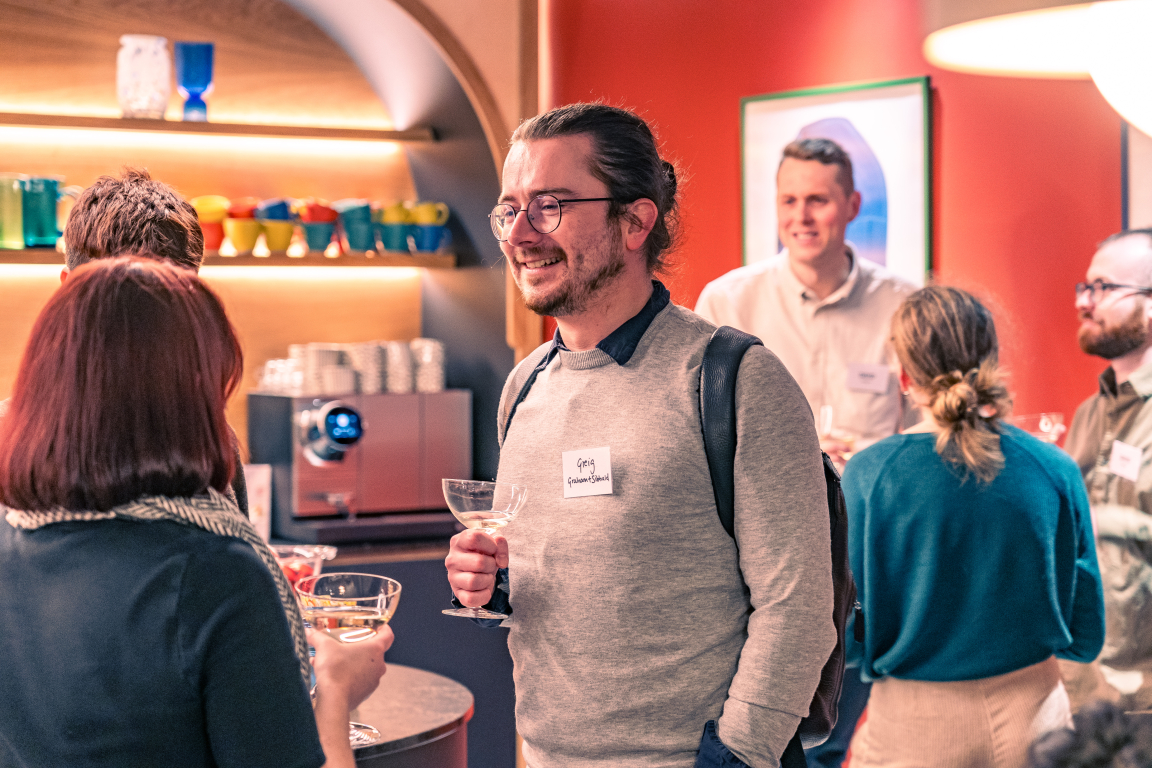
Credit: Tim Ainsworth
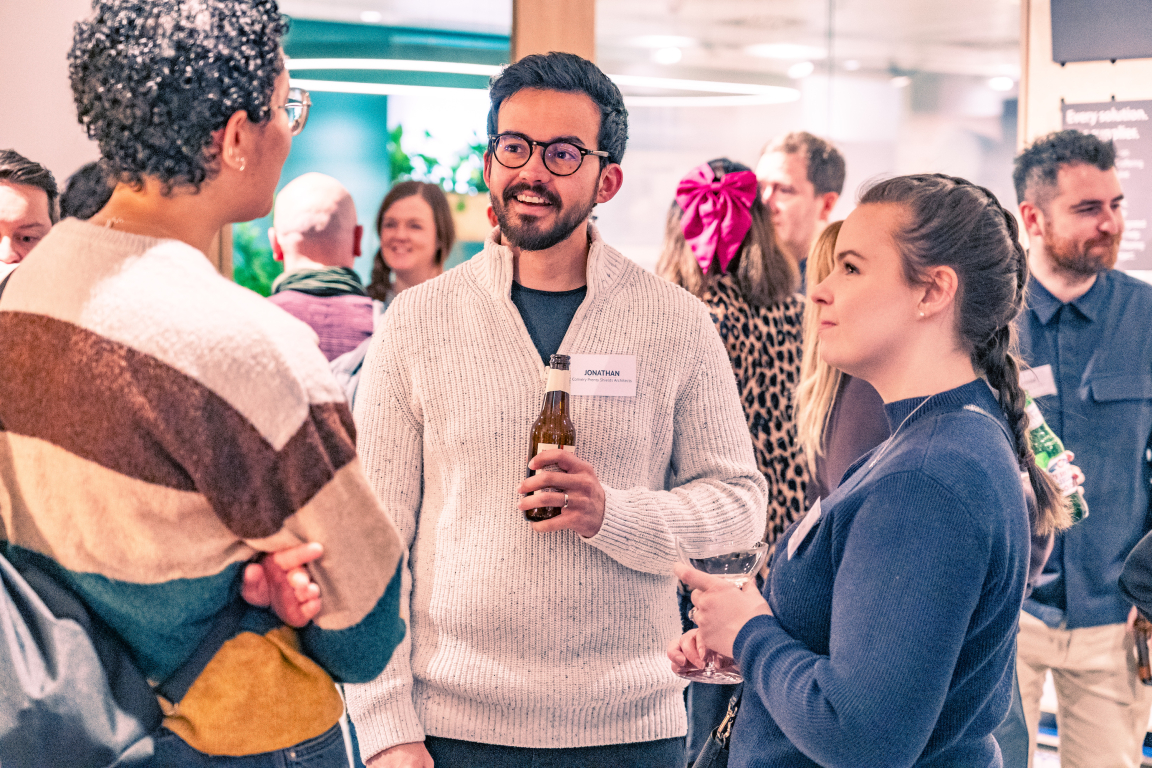
Credit: Tim Ainsworth
Overcoming the challenges
While all in the room clearly have the best intentions when it comes to sustainability, David asked the panel to suggest some advice for helping them overcome blockages – whether it be from contractors, or the client.
“Who’s the boss? Who’s paying the money?” asked Andy, “The client should negate the contractors. And when it comes to the client, I would ask everyone in the room to consider their argument. Bring it early. The earlier you bring it, the more chance you have of success. Clients hate surprises. Do the lobbying, and do what you can. Also work out what would be a good compromise.”
"Loads of folk want to do the right thing, they just need to sometimes be manoeuvred” – Andy McBain
Rodi McLean, managing director, Form Design Consultants, feels we’re at a “tipping point, where things could go south very quickly” in light of global economics. And this is regardless of whether we have the best intentions or not.
“It’s easy to cancel and do more consultation than it is to make the tough decisions”, Andy said. “Be brave”, he added.
“And sometimes, a client won’t want to go down that more sustainable route”, Roddy commented, “and I don’t know how you recover from that other than to inform and provide other solutions that are cost-neutral ideally, that might give you a fighting chance. But if it’s not in the scope then the door may not be open.
“If you can open that door by being savvy though, in terms of being either cost-neutral or cost-beneficial from an opex point of view, then that’s compelling for asset owners.”
"You’ve got to roll with the punches, and find ways through – it’s not easy though” – Dr Roddy Yarr
Turning the panel’s attention to M&E and the percentage given to it versus interior fit-out, David asked whether it’s time for change?
“It’s frustrating for interior designers”, Andy said, “especially when the value engineering starts. Where’s the wiggle room on the 10-15% that delivers the soul of the building?”
“Isn’t this just an example of the issue we’re facing?” suggested David. “We’ve done it this way before, so let’s just carry on…”
“M&E is vital though”, said Roddy. “We deliver specialised buildings with big energy demands so it’s crucial to performance. But the fit-out is also crucial with a focus on quality. We need it across the board.”
On the subject of change, technology was once again considered. Roddy shared that the University is perhaps at the bottom of the curve with regards to energy, but with space utilisation and occupancy it’s “high on the agenda” – partly because they don’t want to build new unnecessarily.
Digital twins have also become hugely important for the energy network – “it’s vital to optimising our system as it’s where our costs are. We’re using what we’ve got, better.”
Though the conversation could have continued an hour or two more, if not longer, David brought it to a close with three summary points: we all have the potential to be leaders, start early, and, importantly, don’t give up hope.
Keep an eye out for more articles on the topic of decarbonisation in the coming weeks. And, in the meantime, a huge thank you to our panellists for their insight shared, to all our guests, and to our supporters for the evening, Crown, Forbo, Vepa – all Partners at Material Source.
Our next Seminar takes place in Manchester on 12 March 2025. Get your ticket here.






